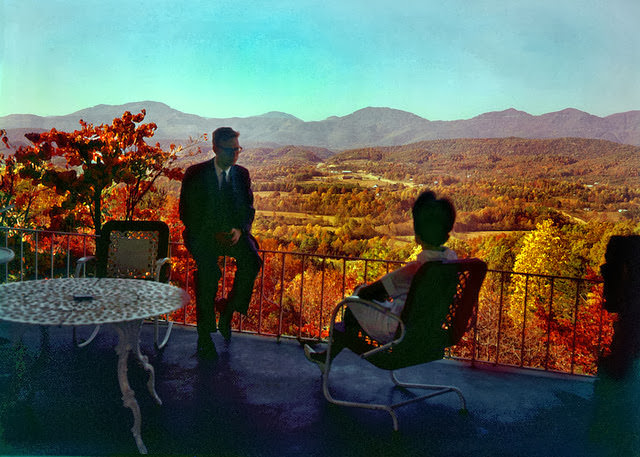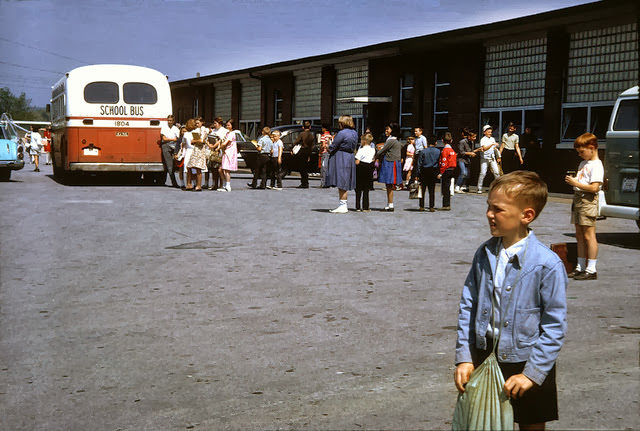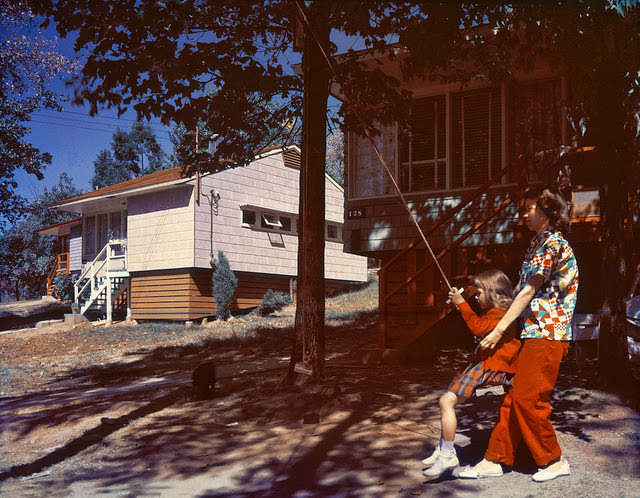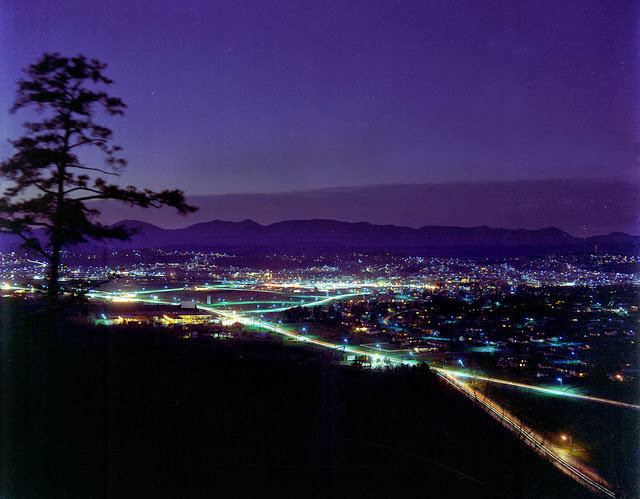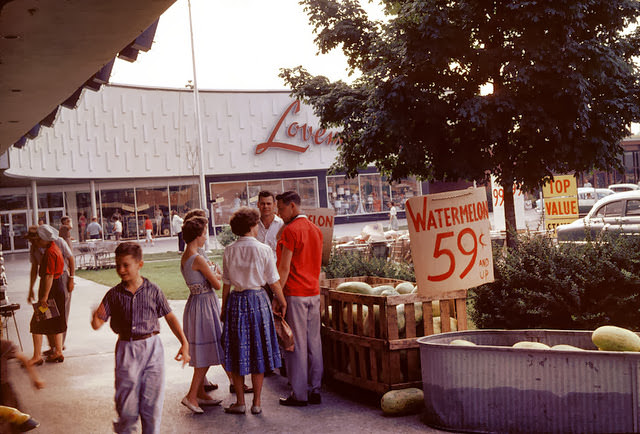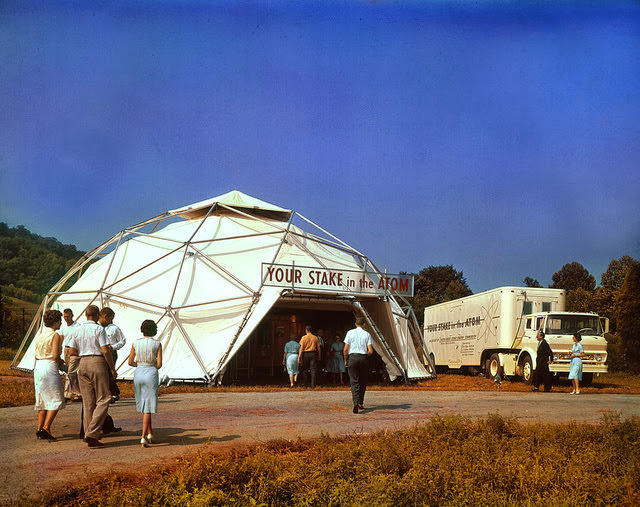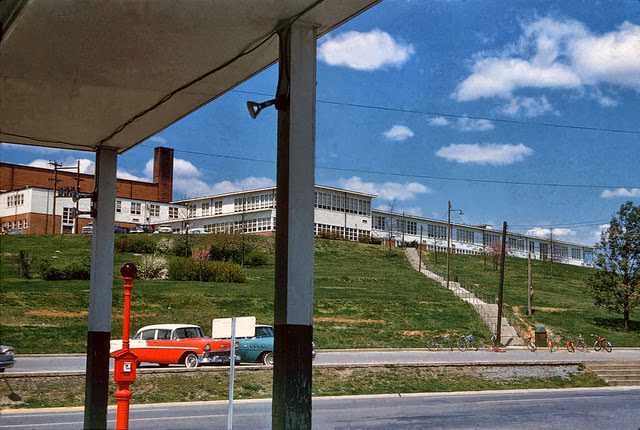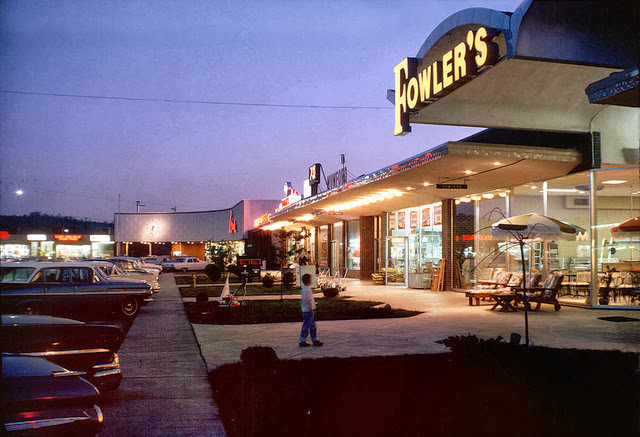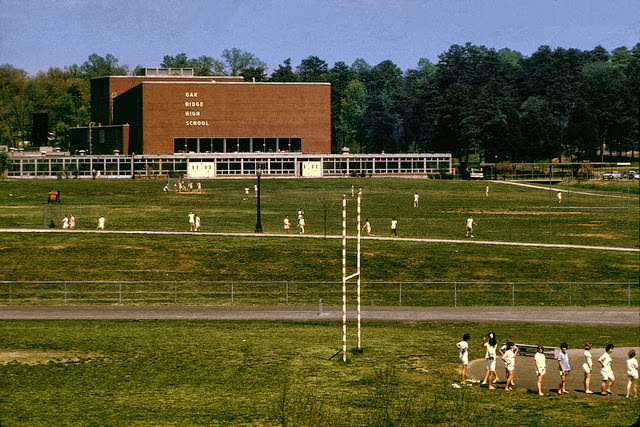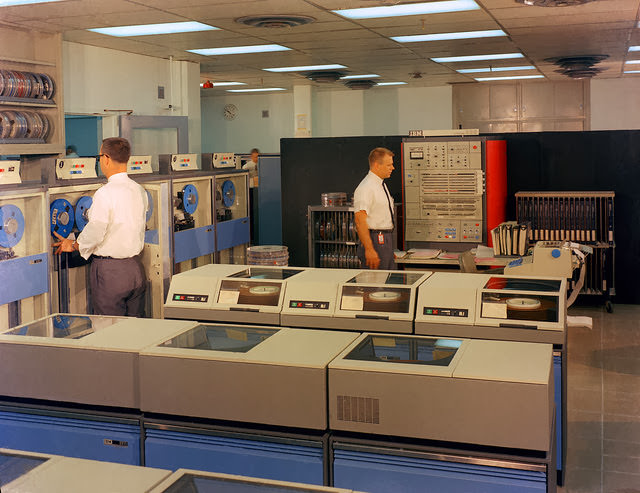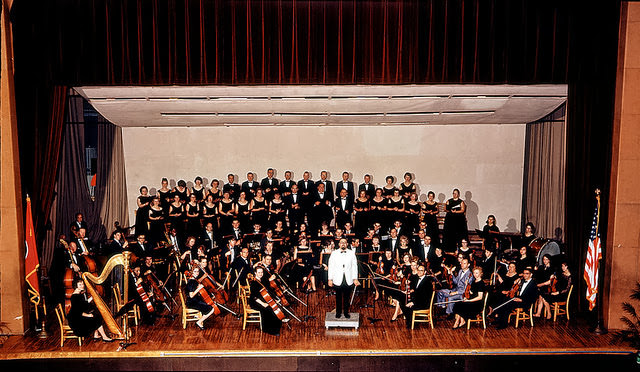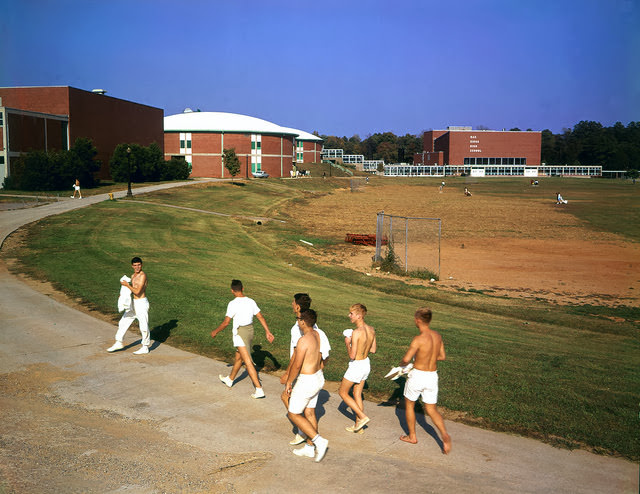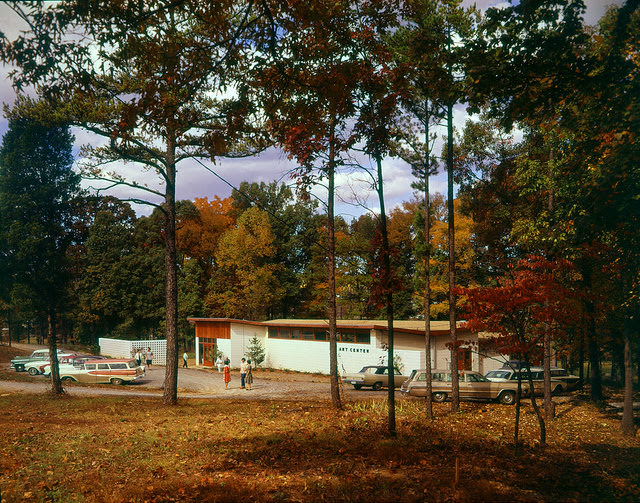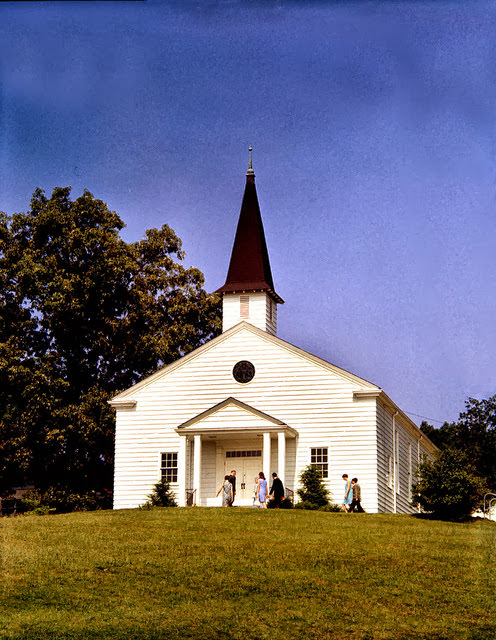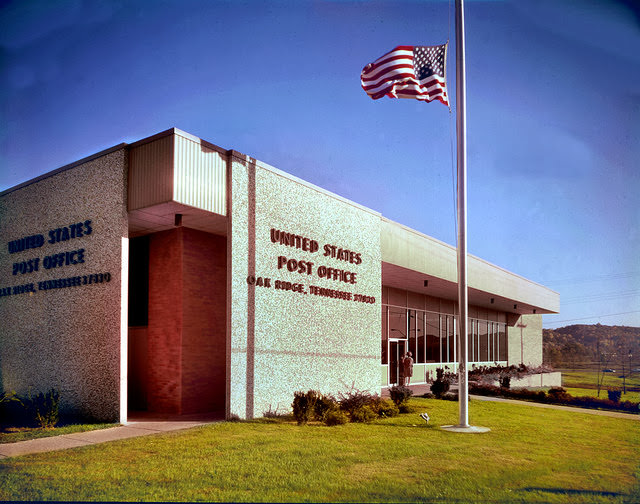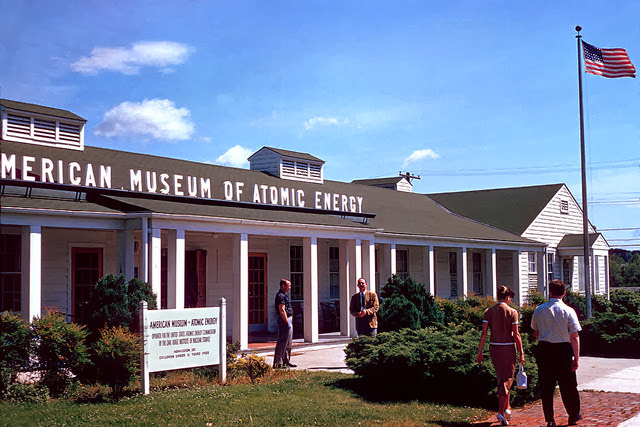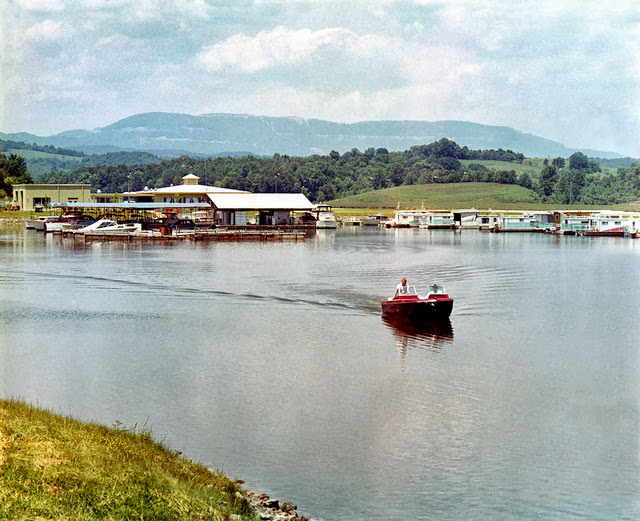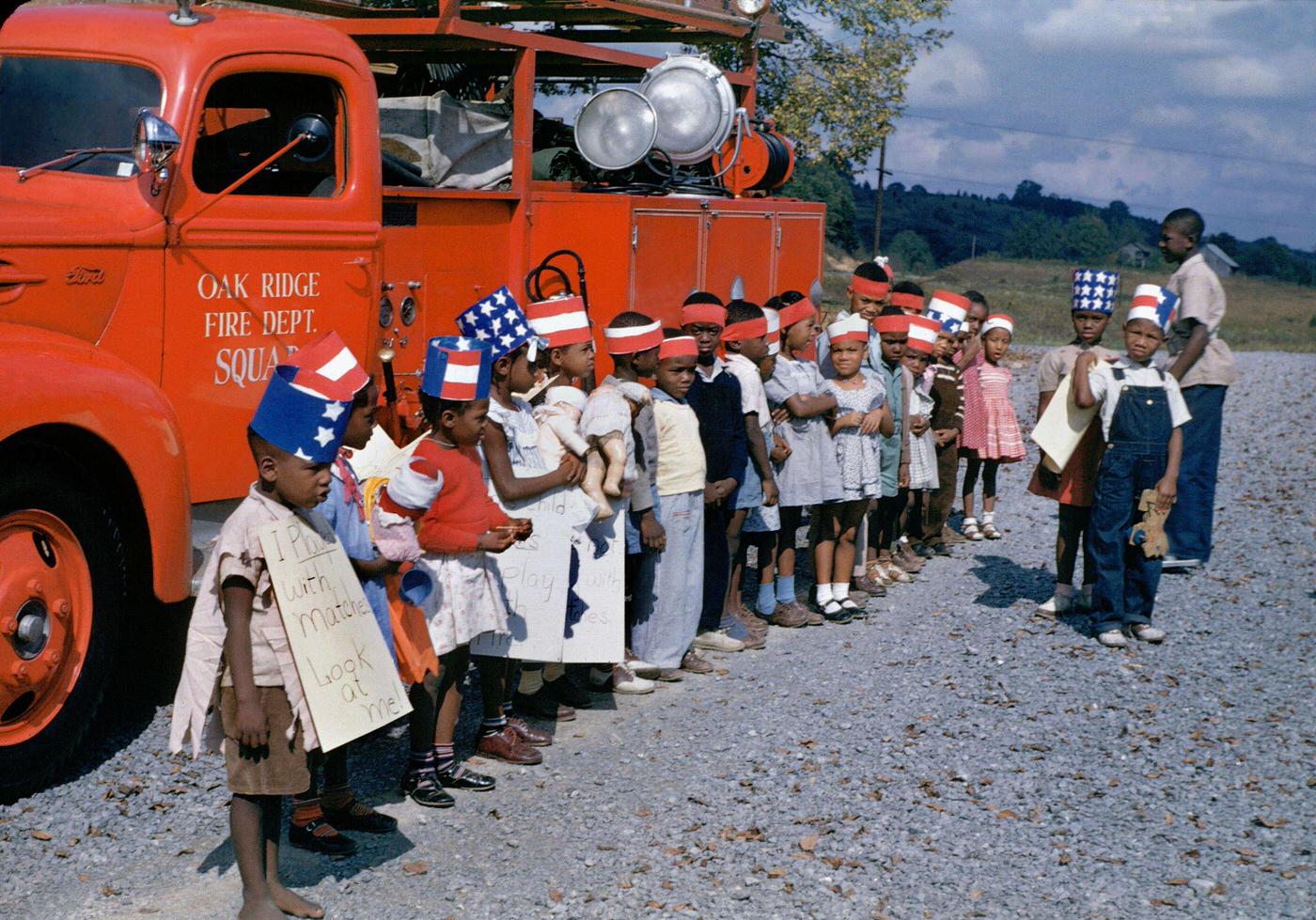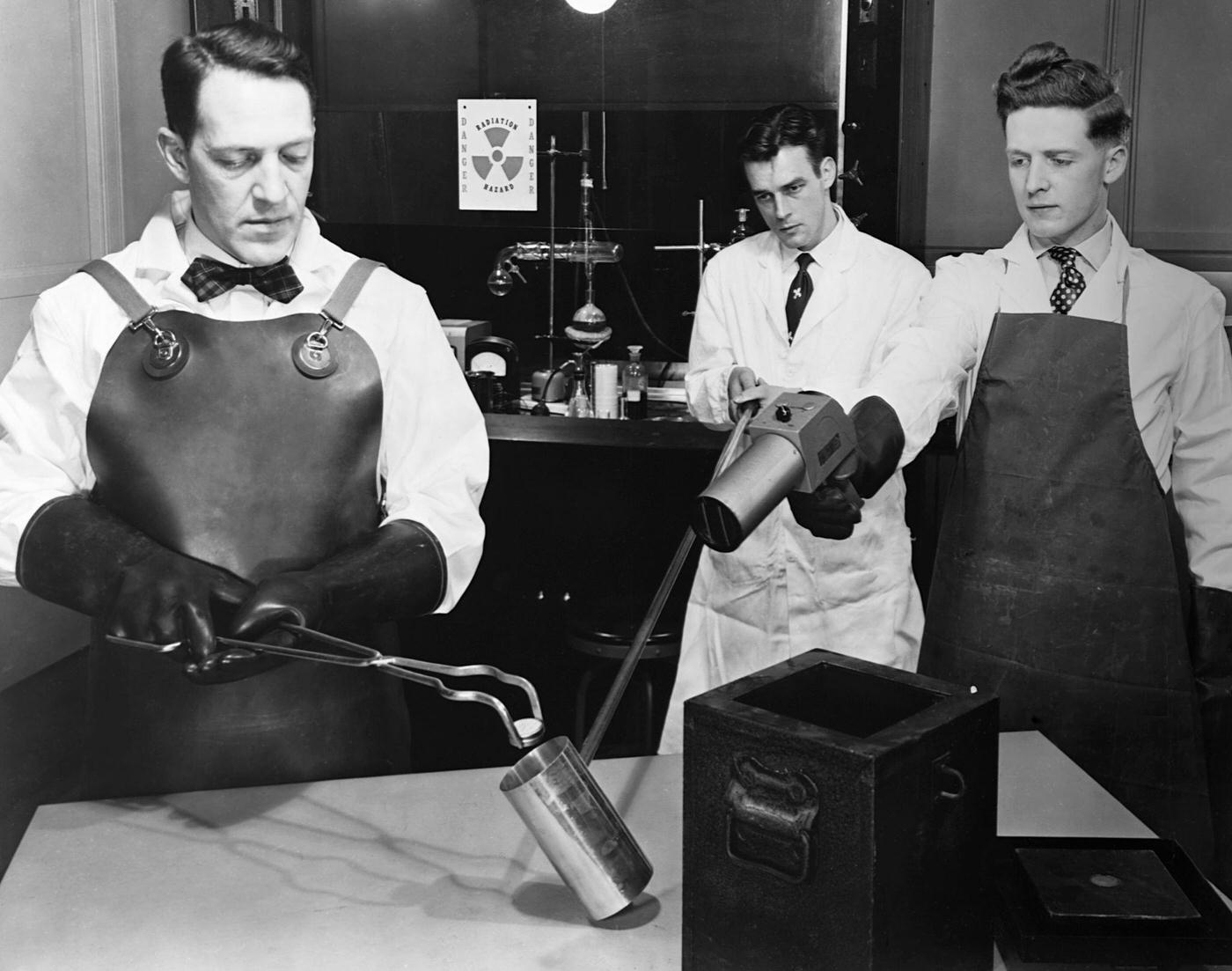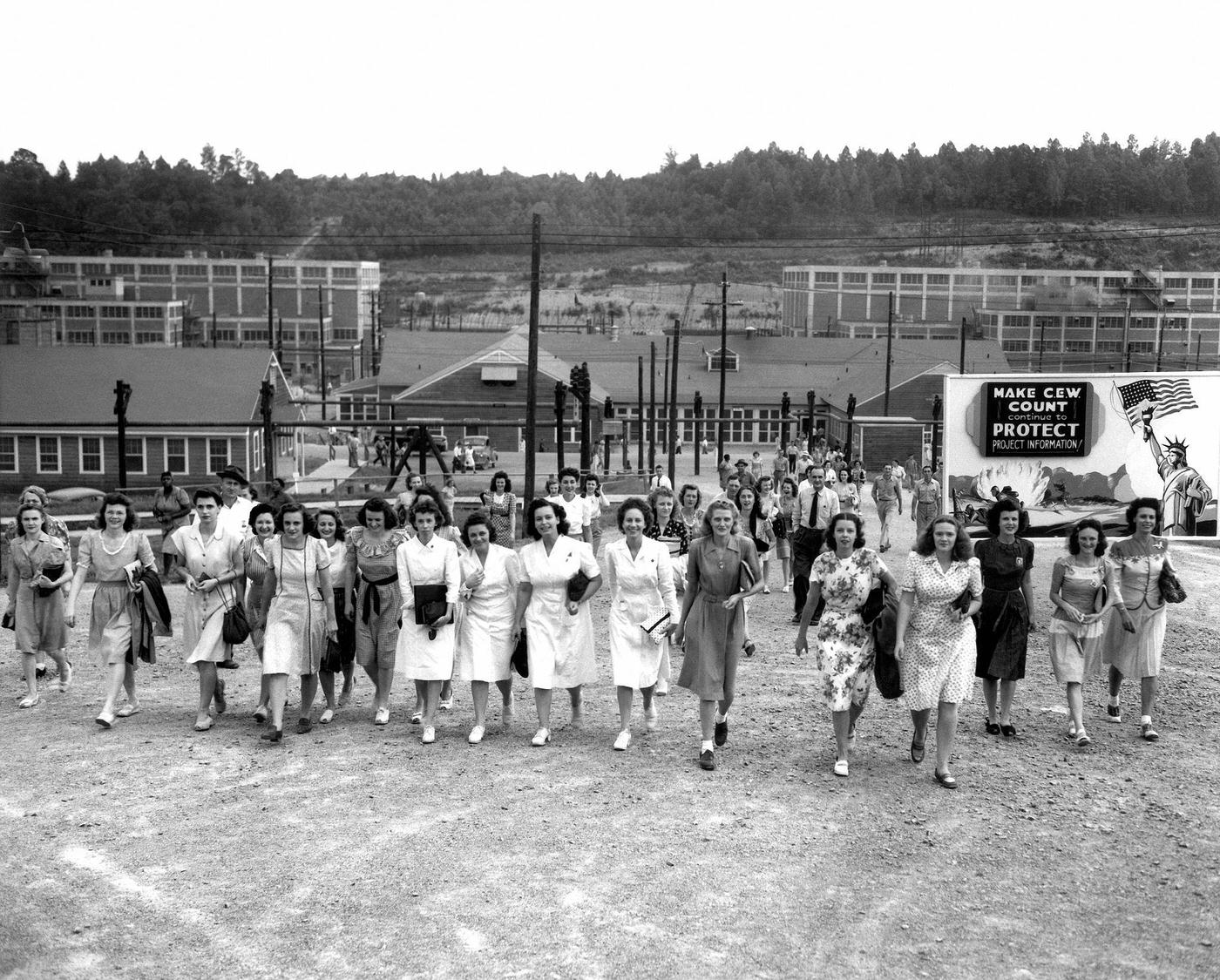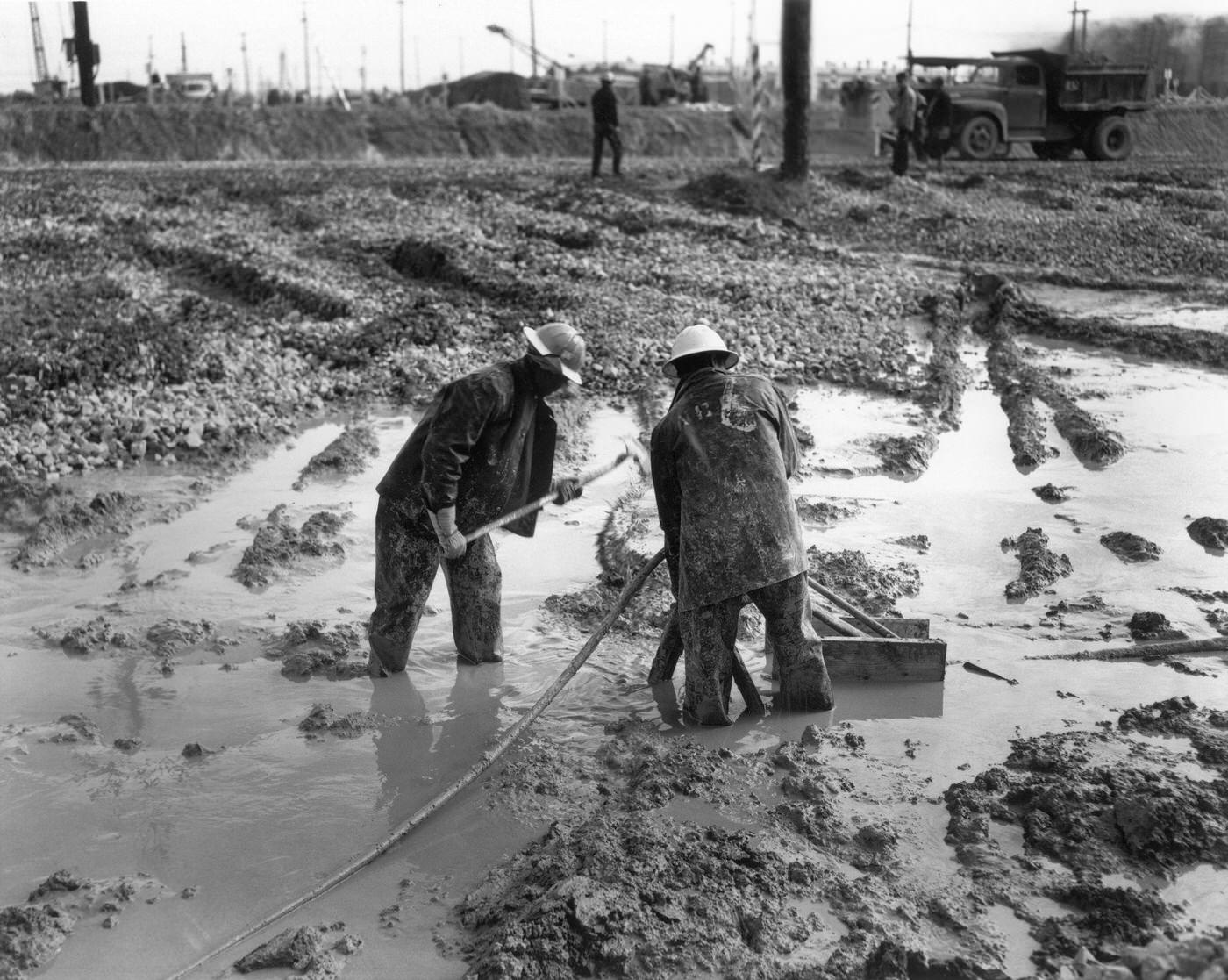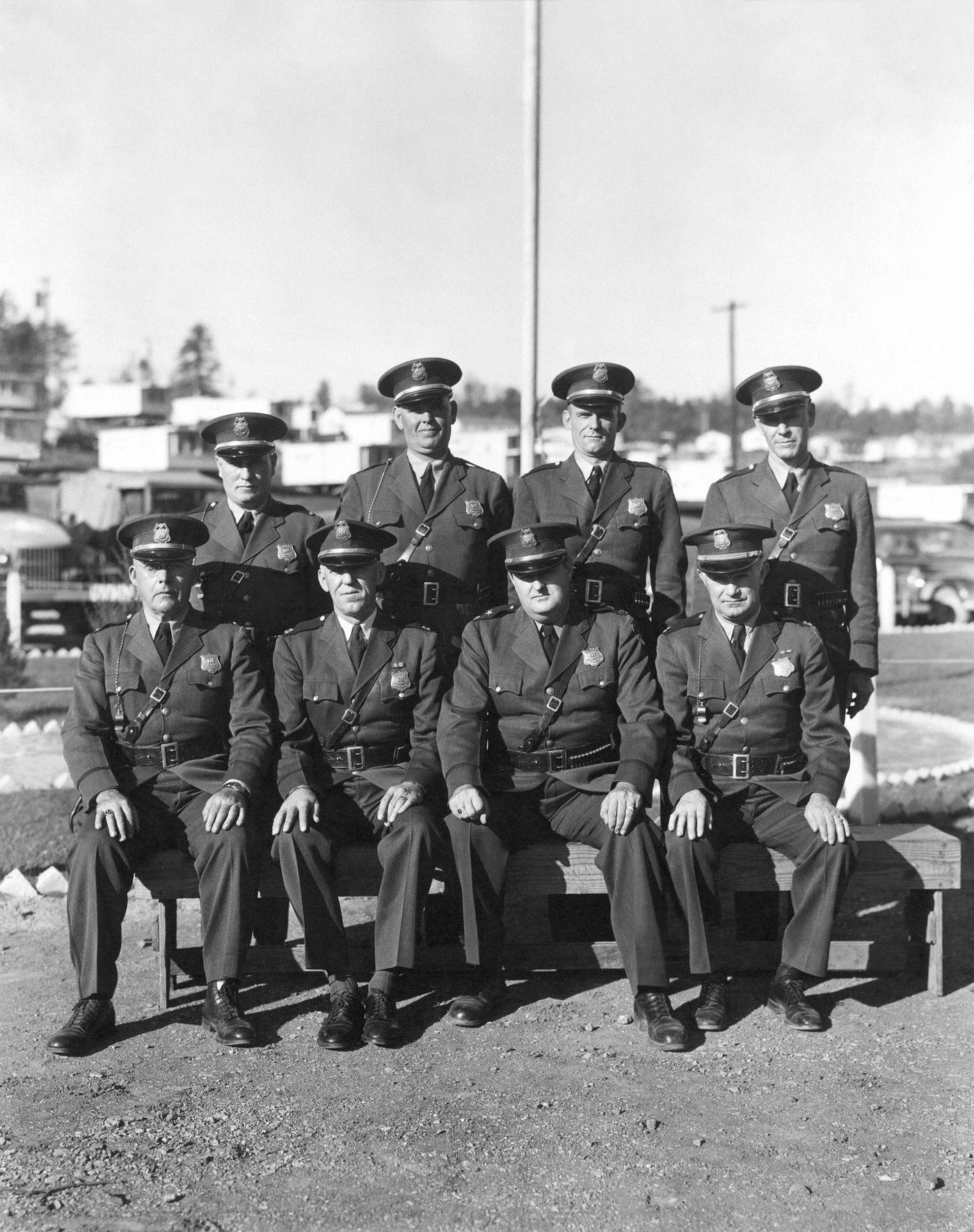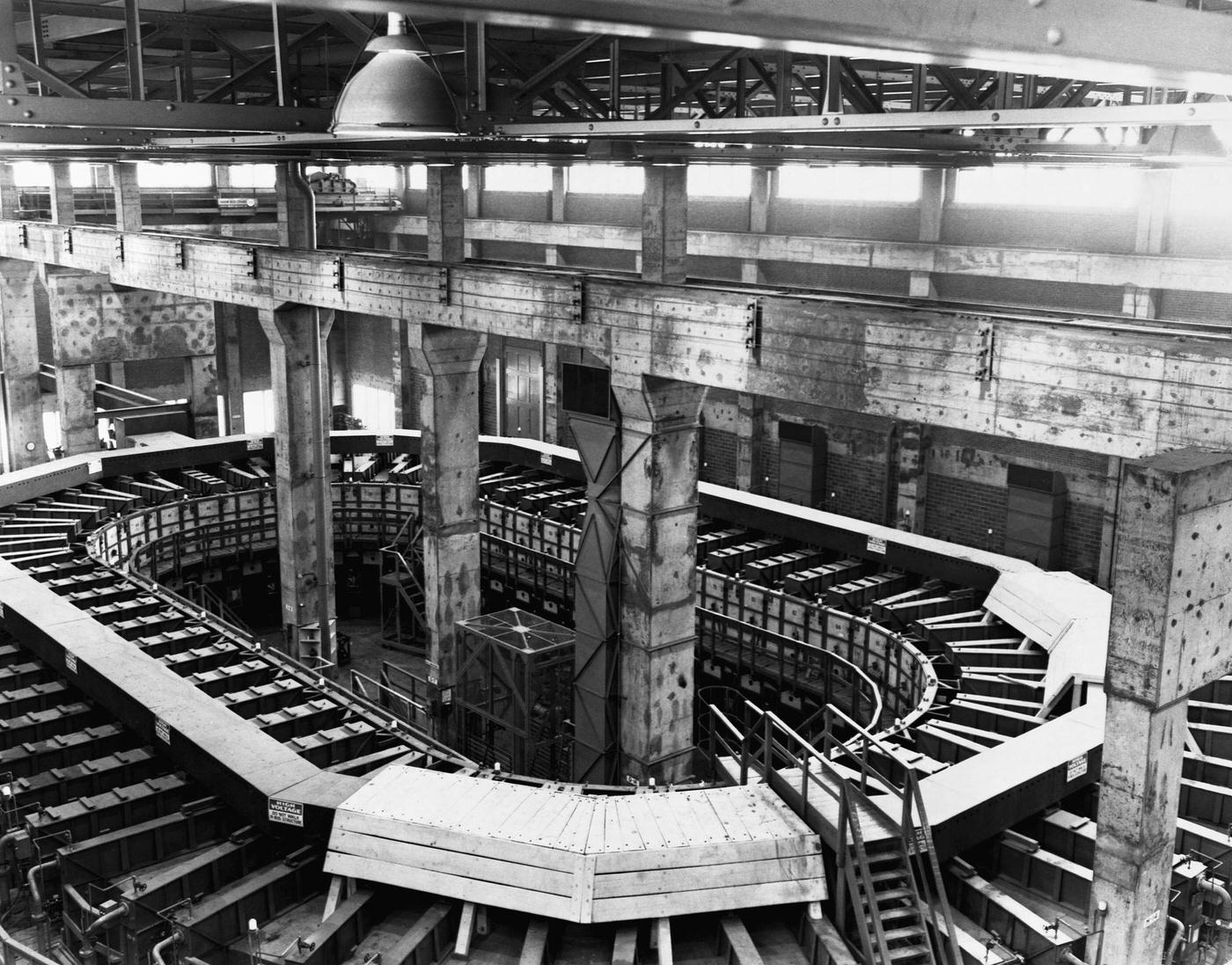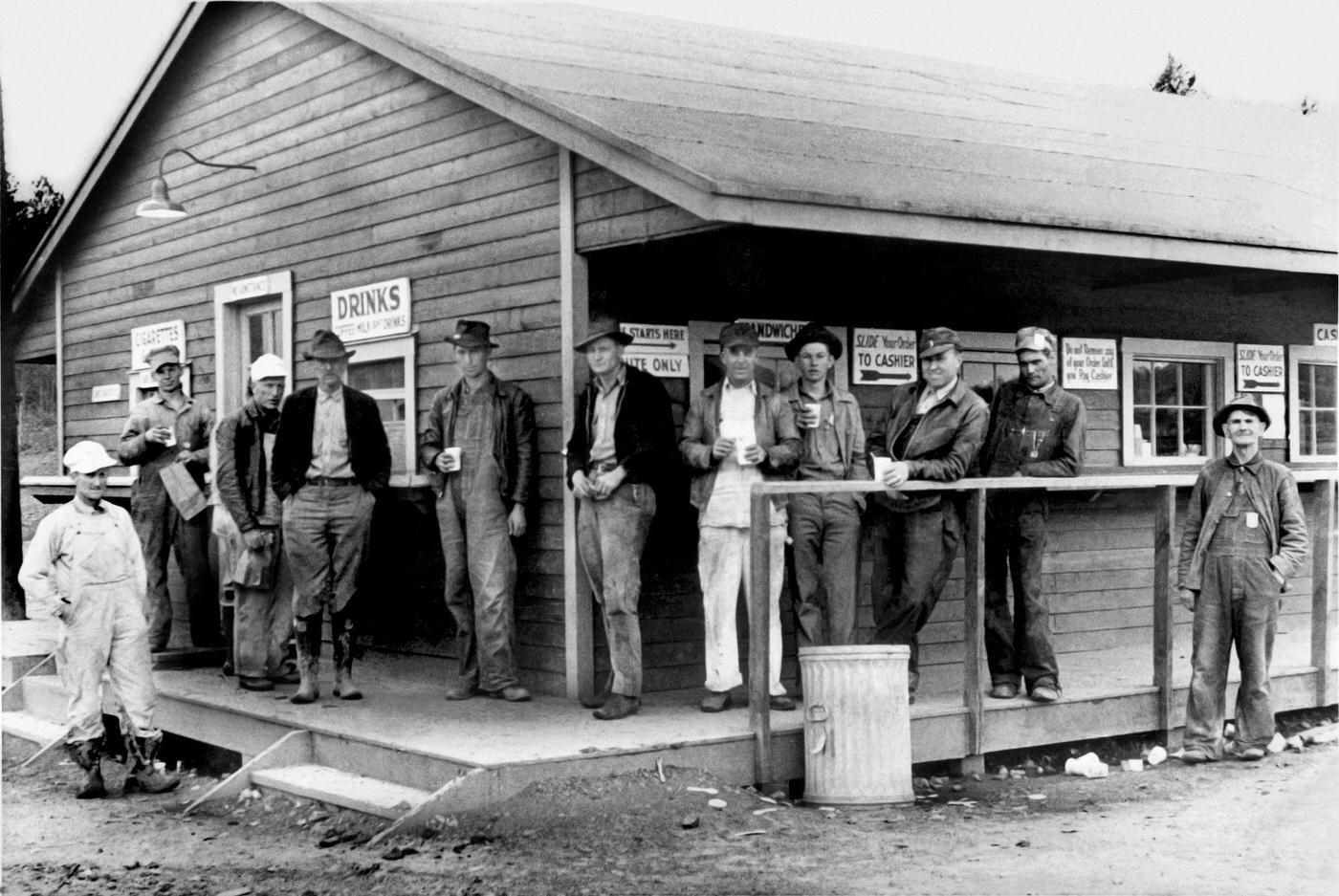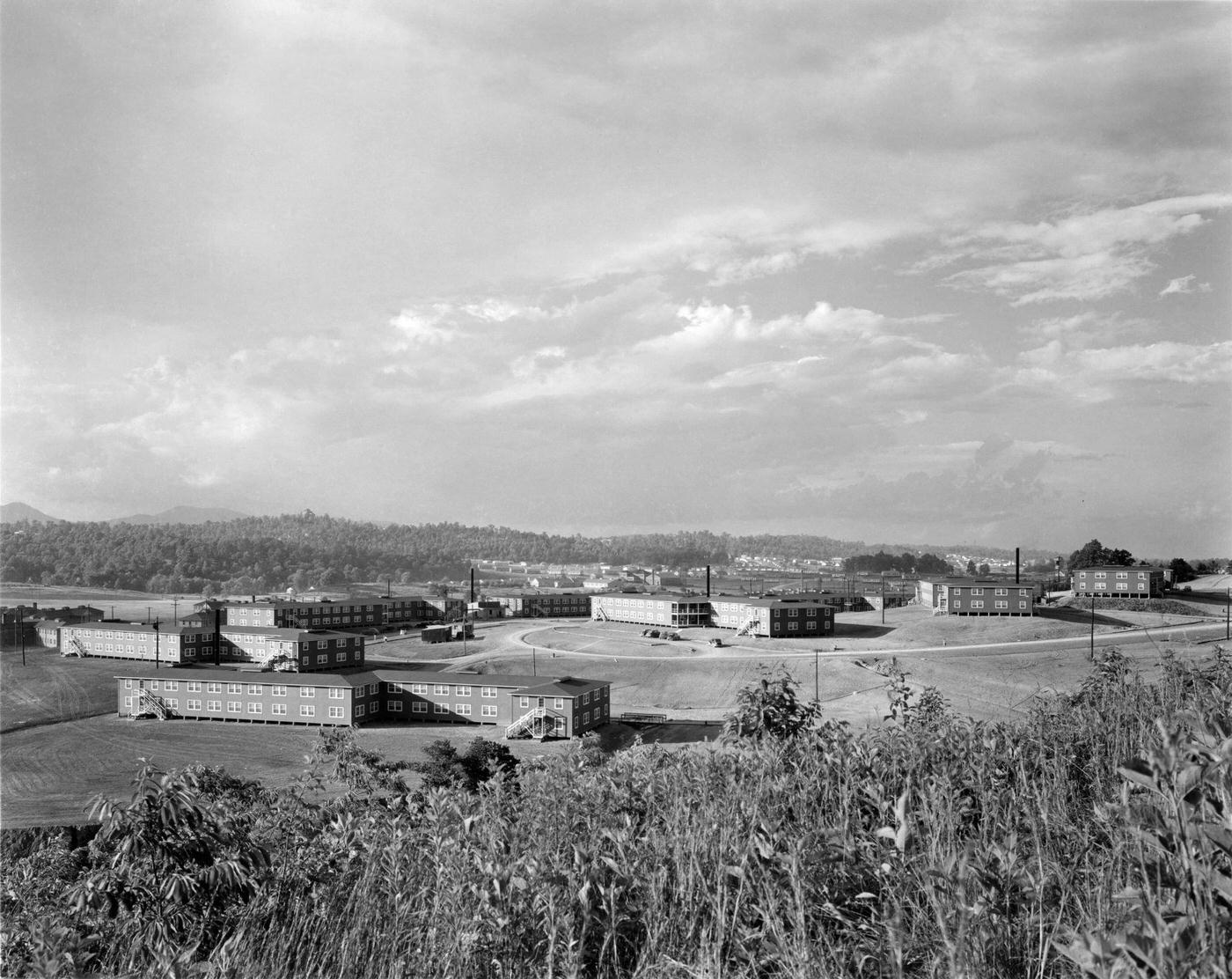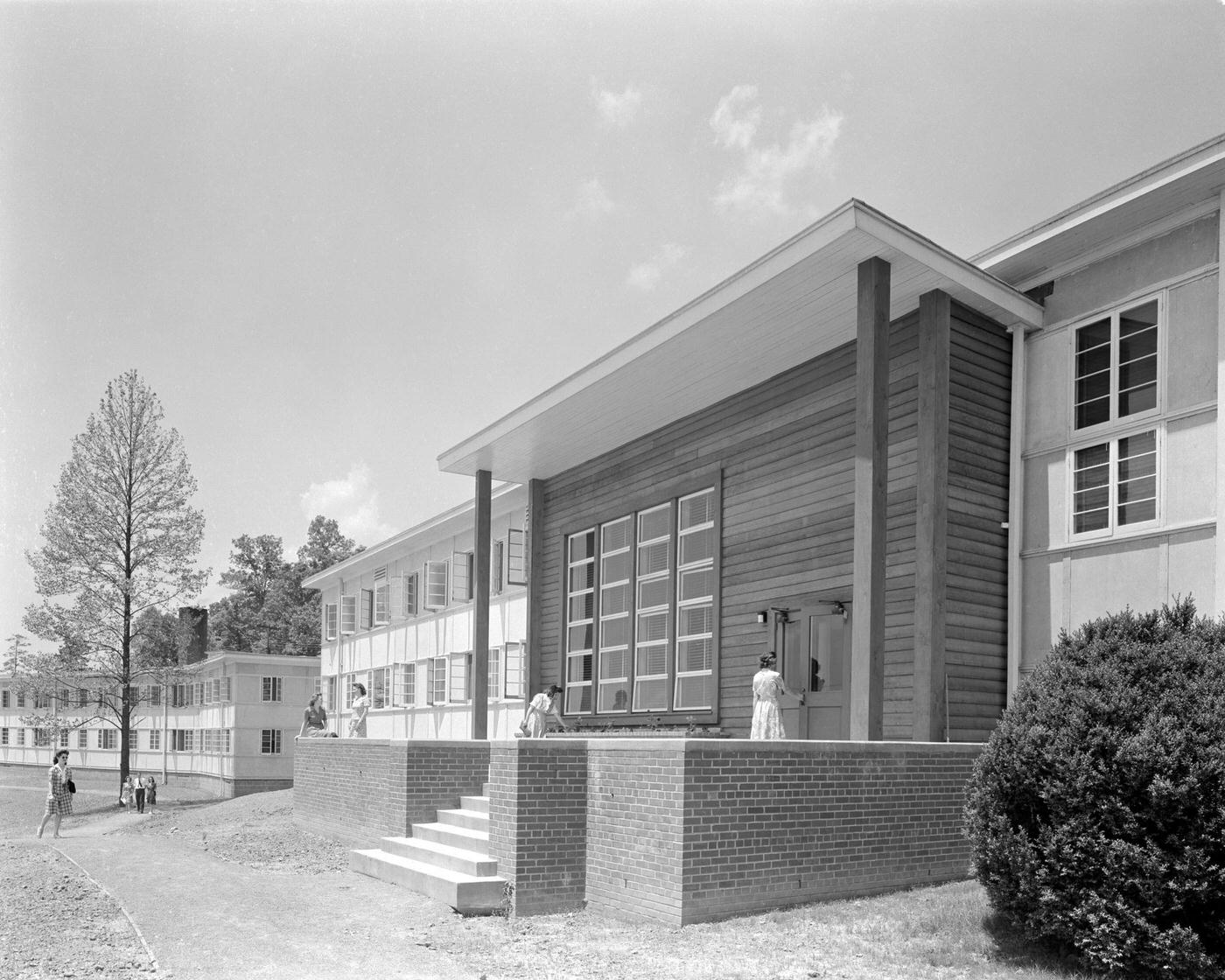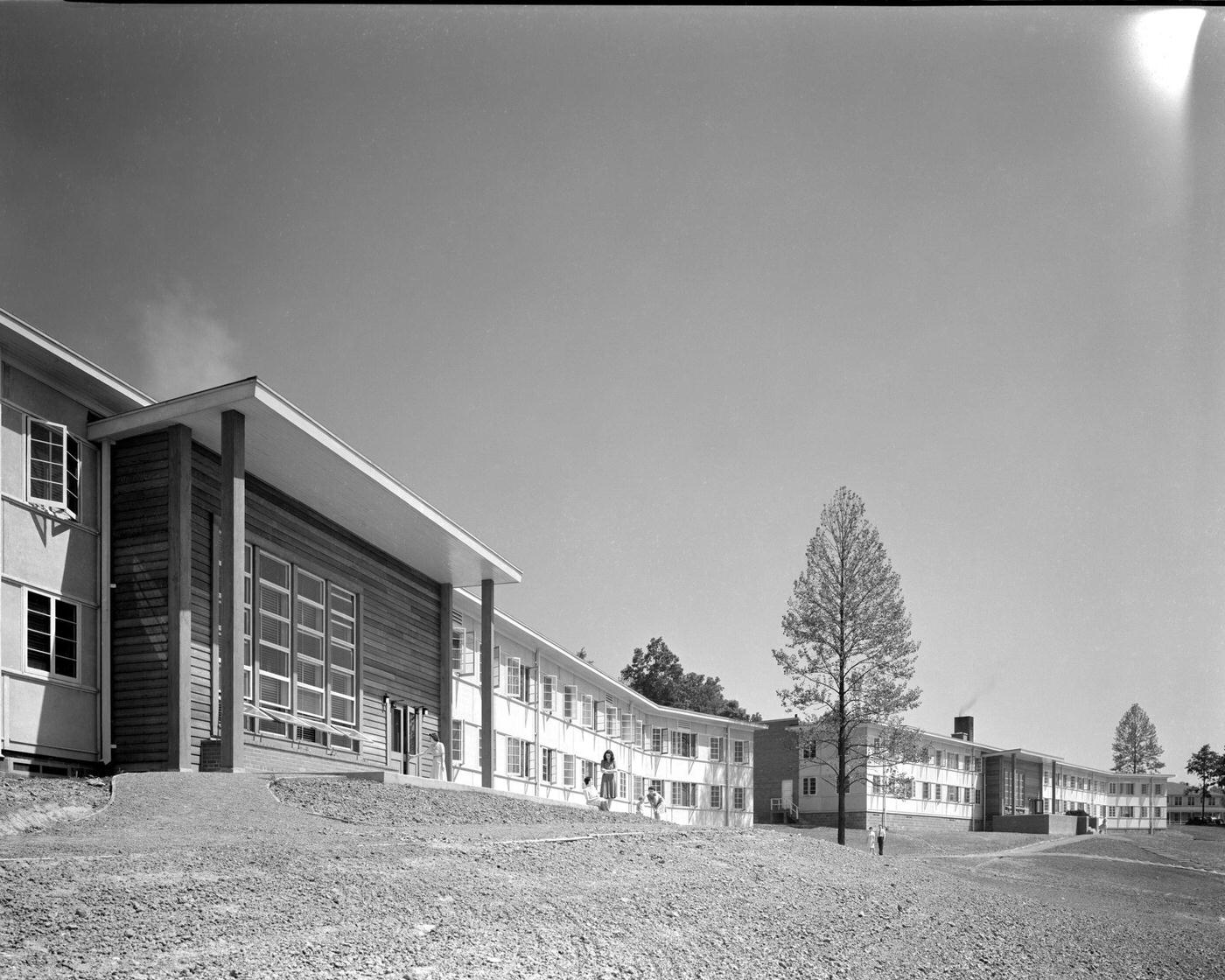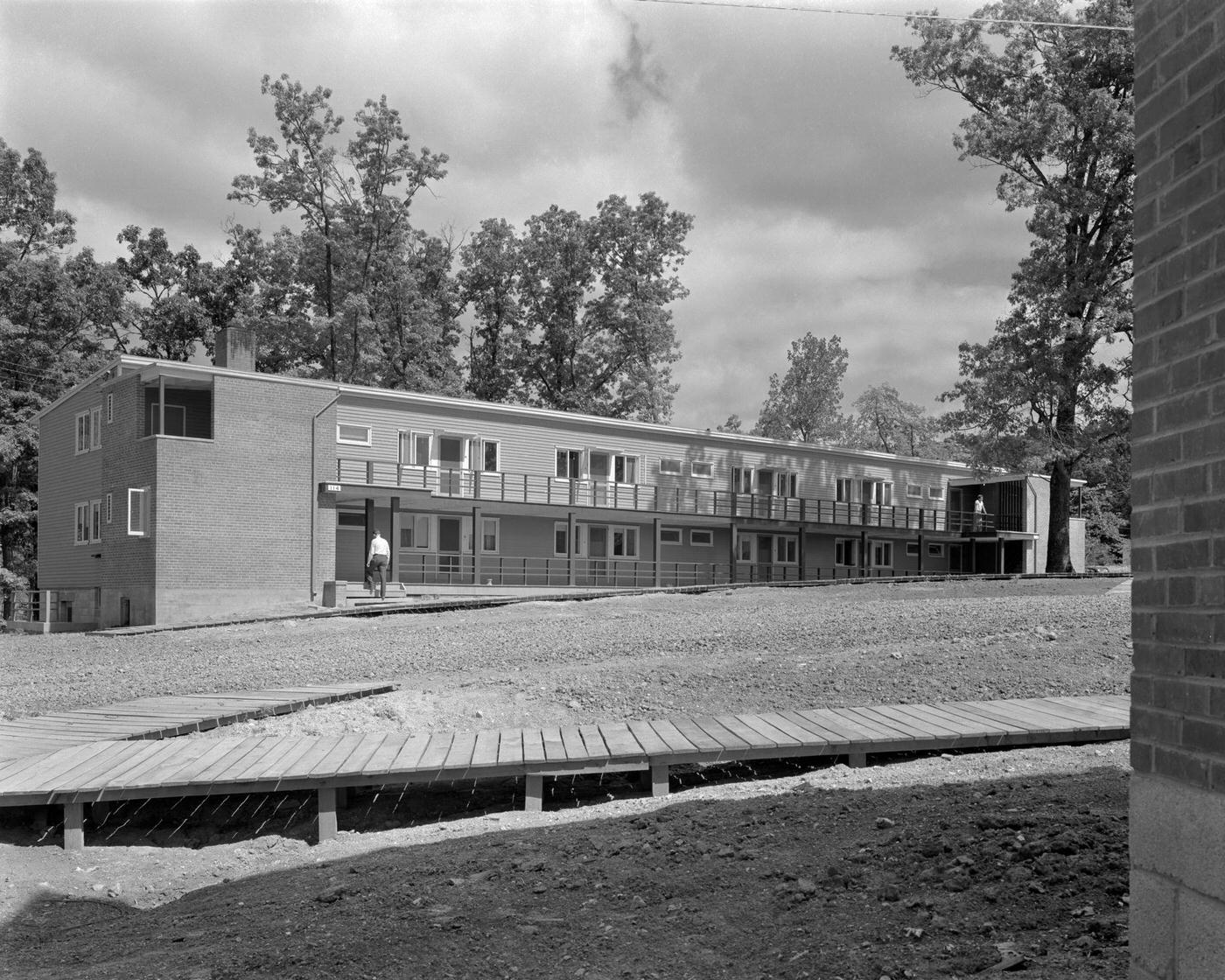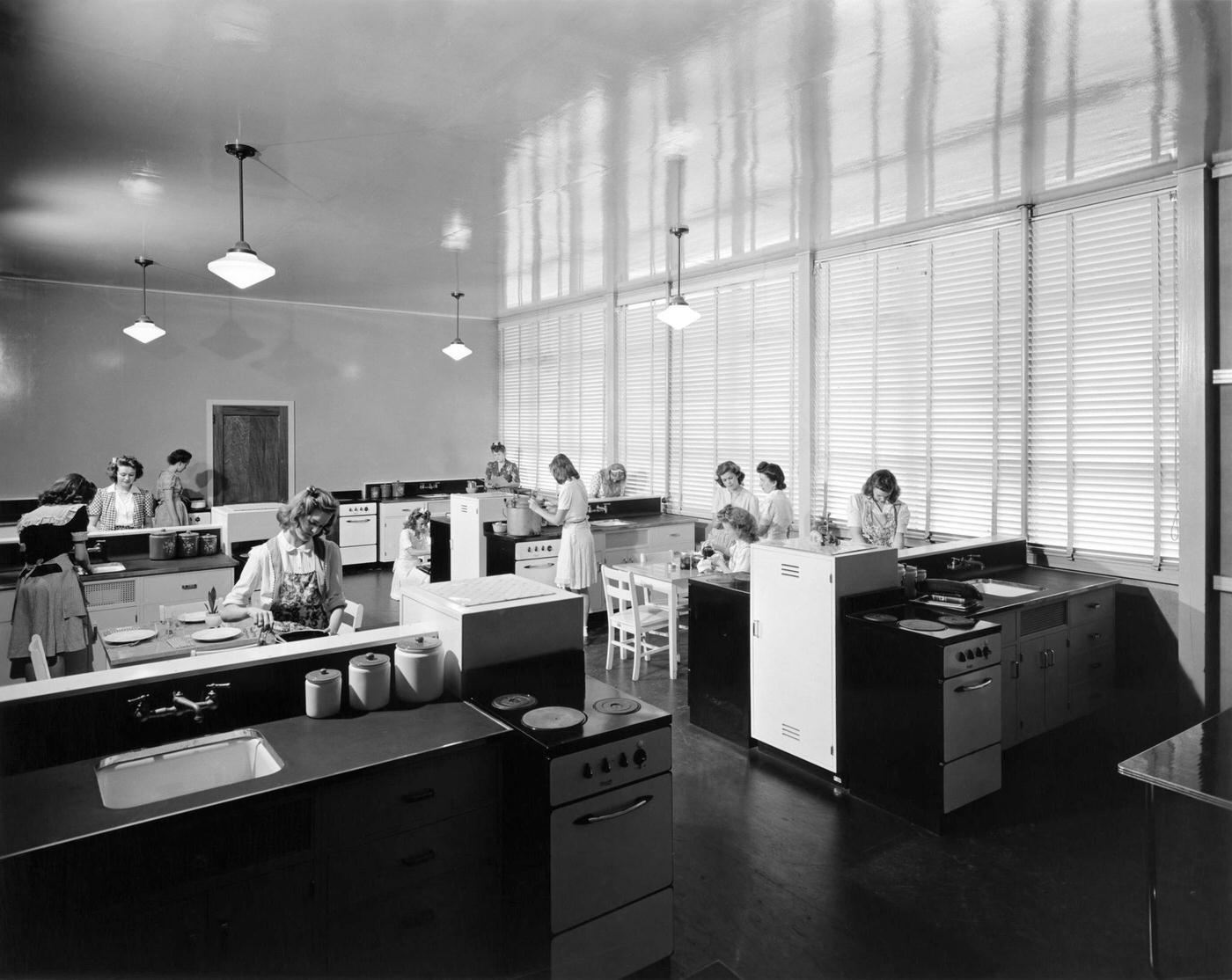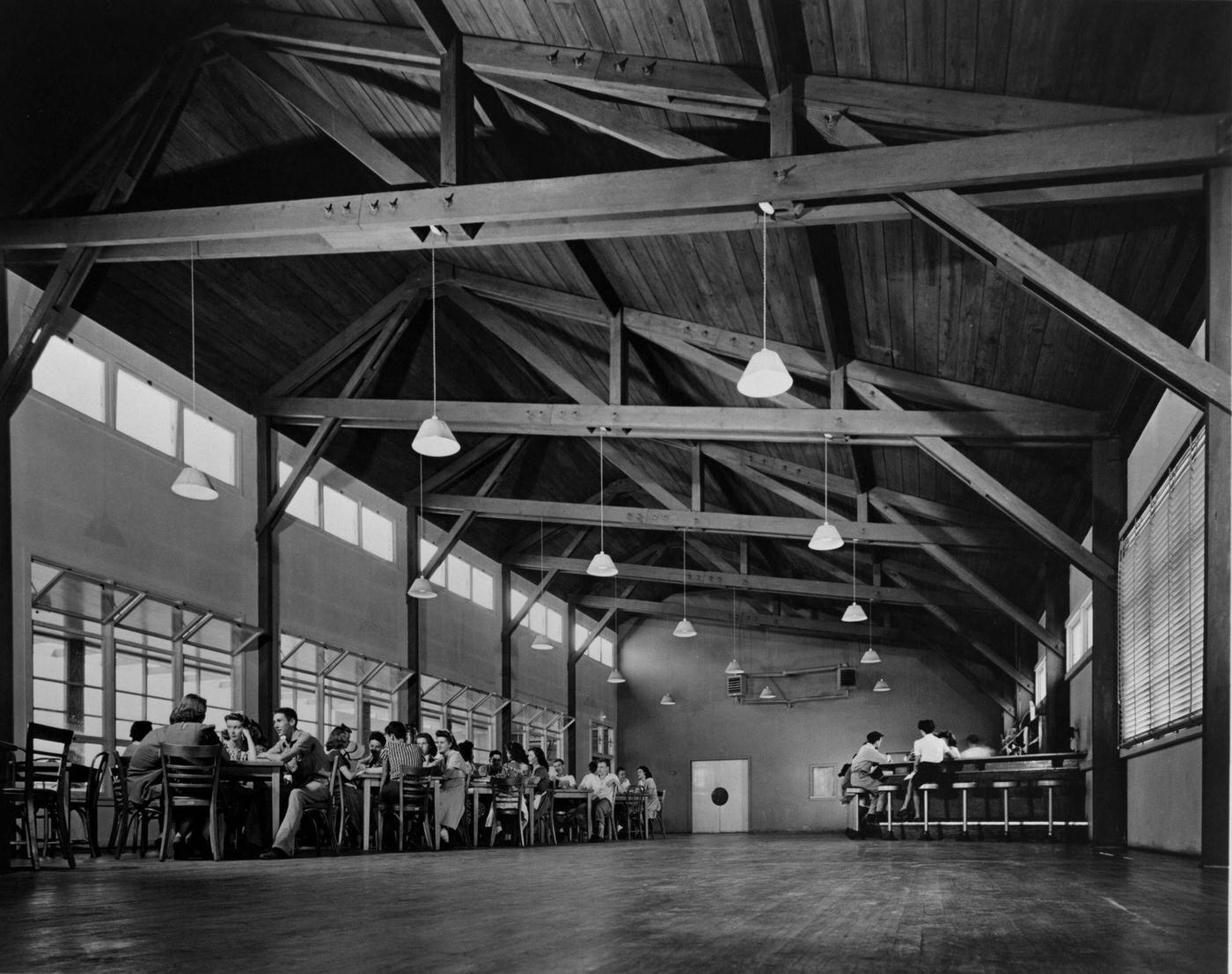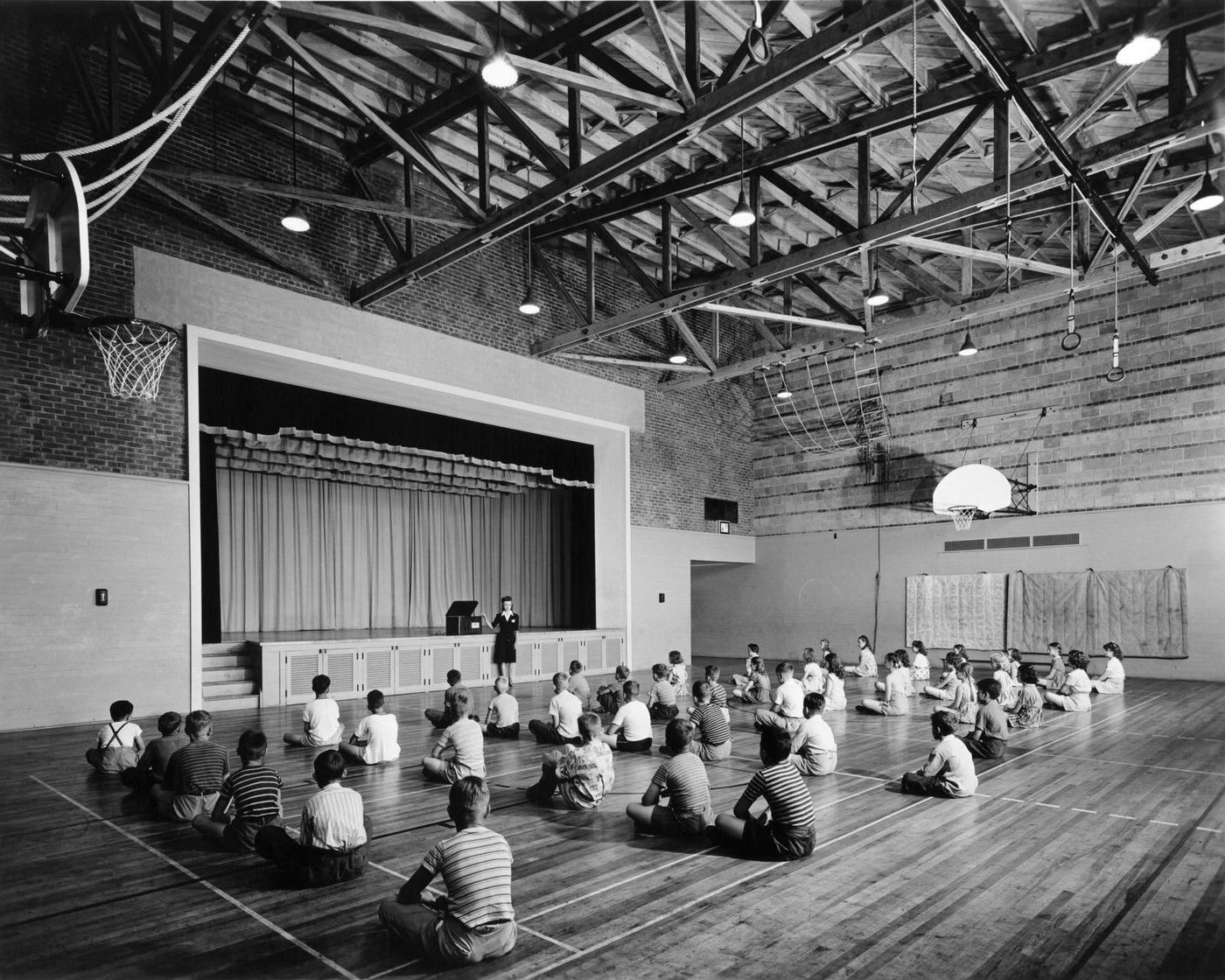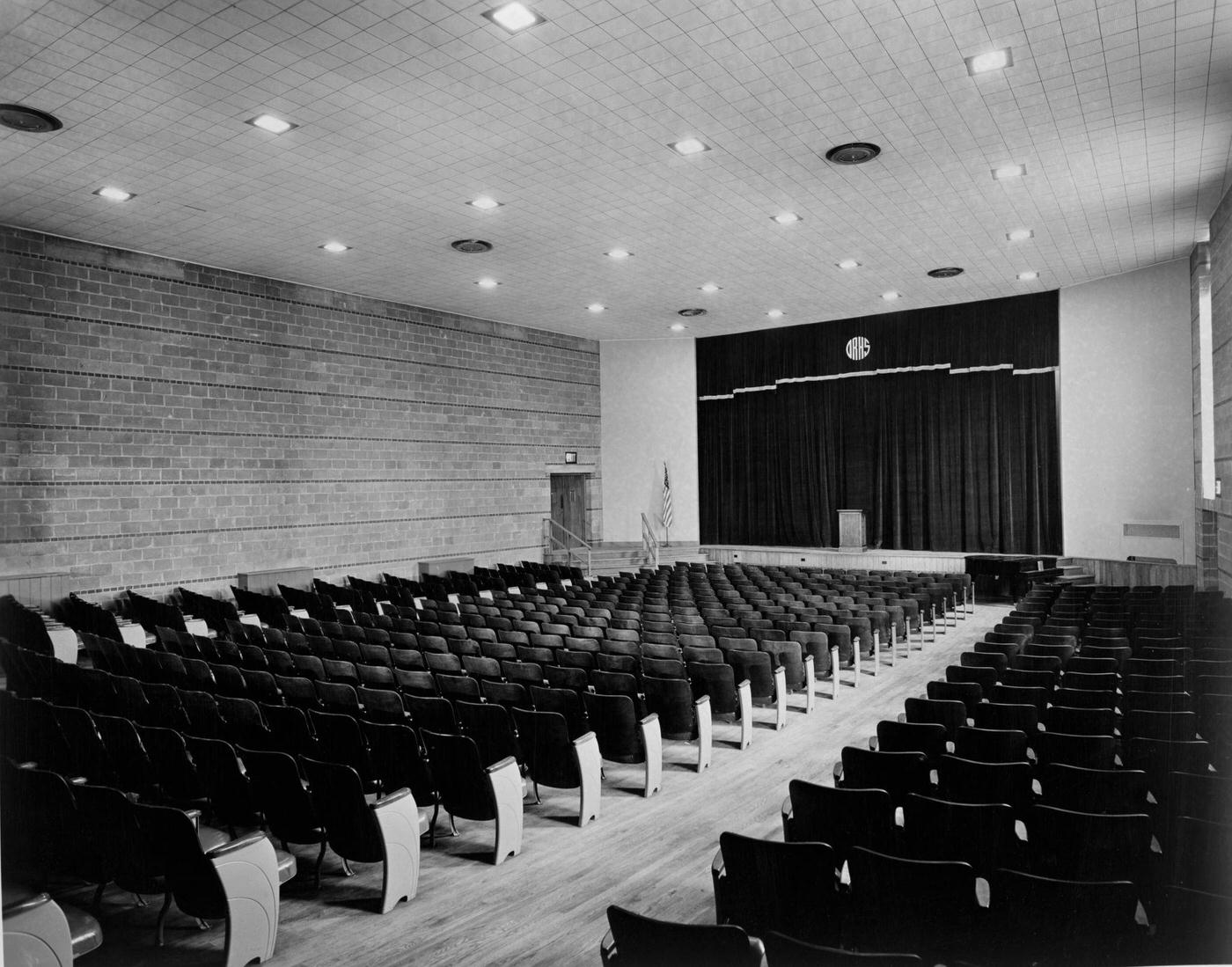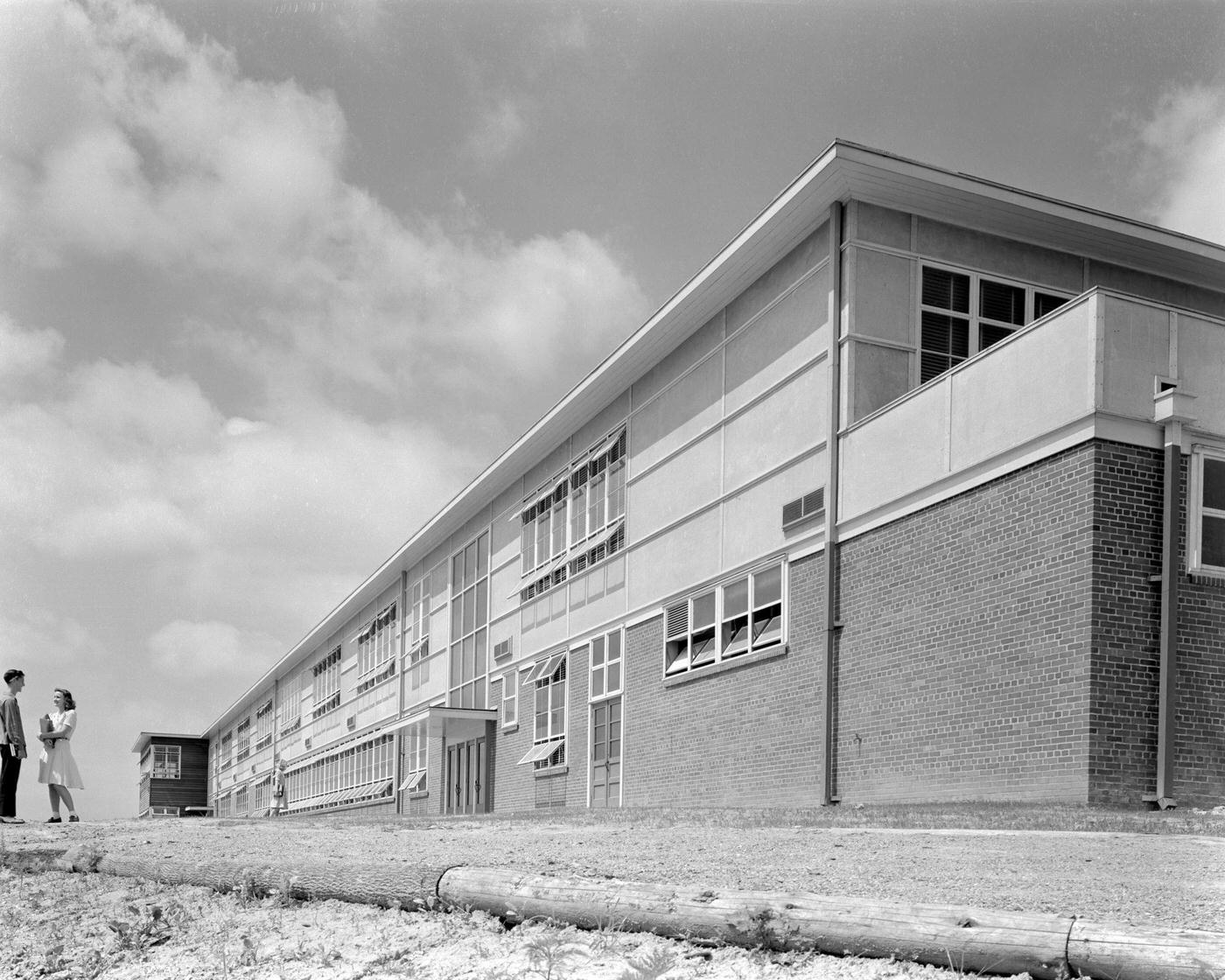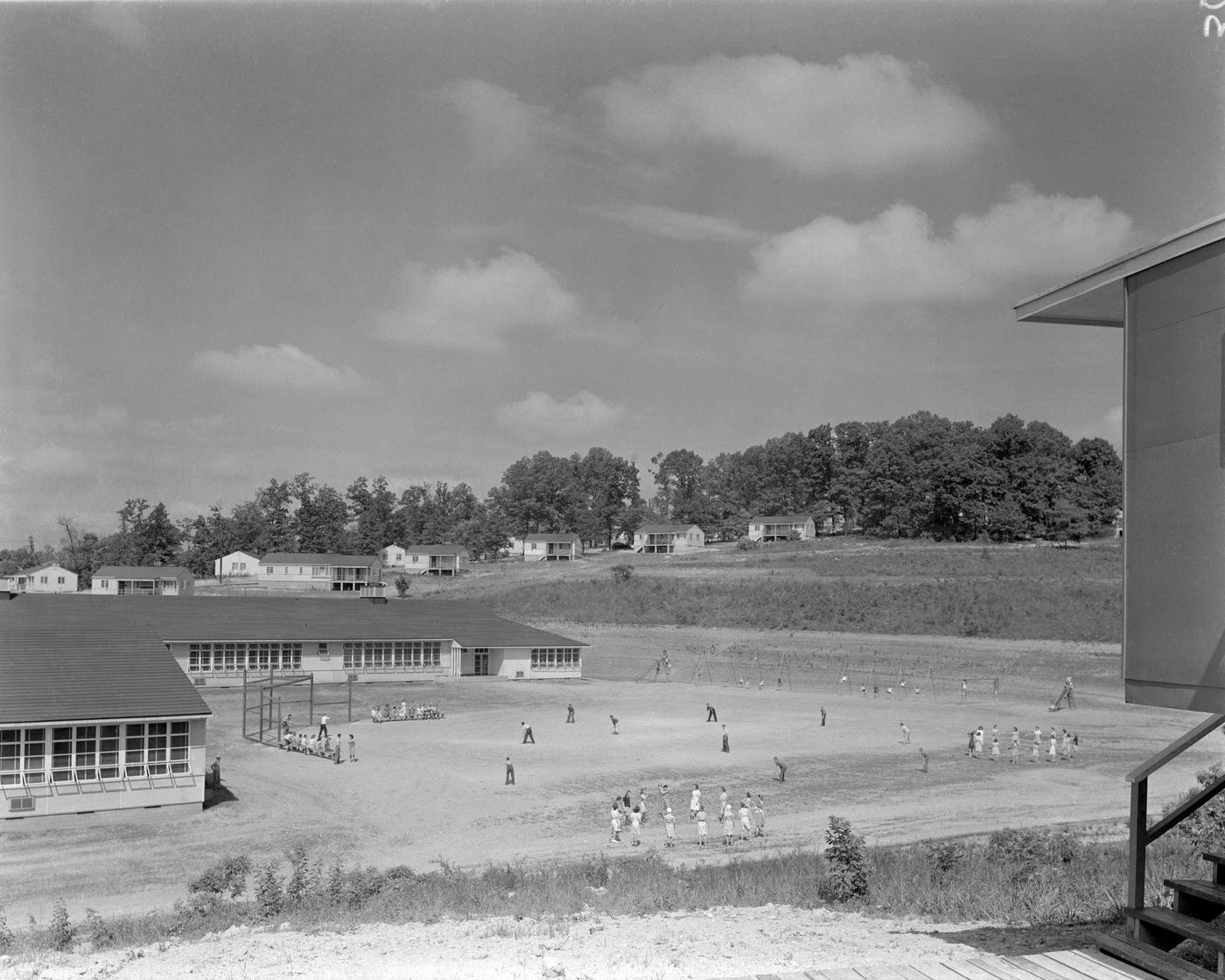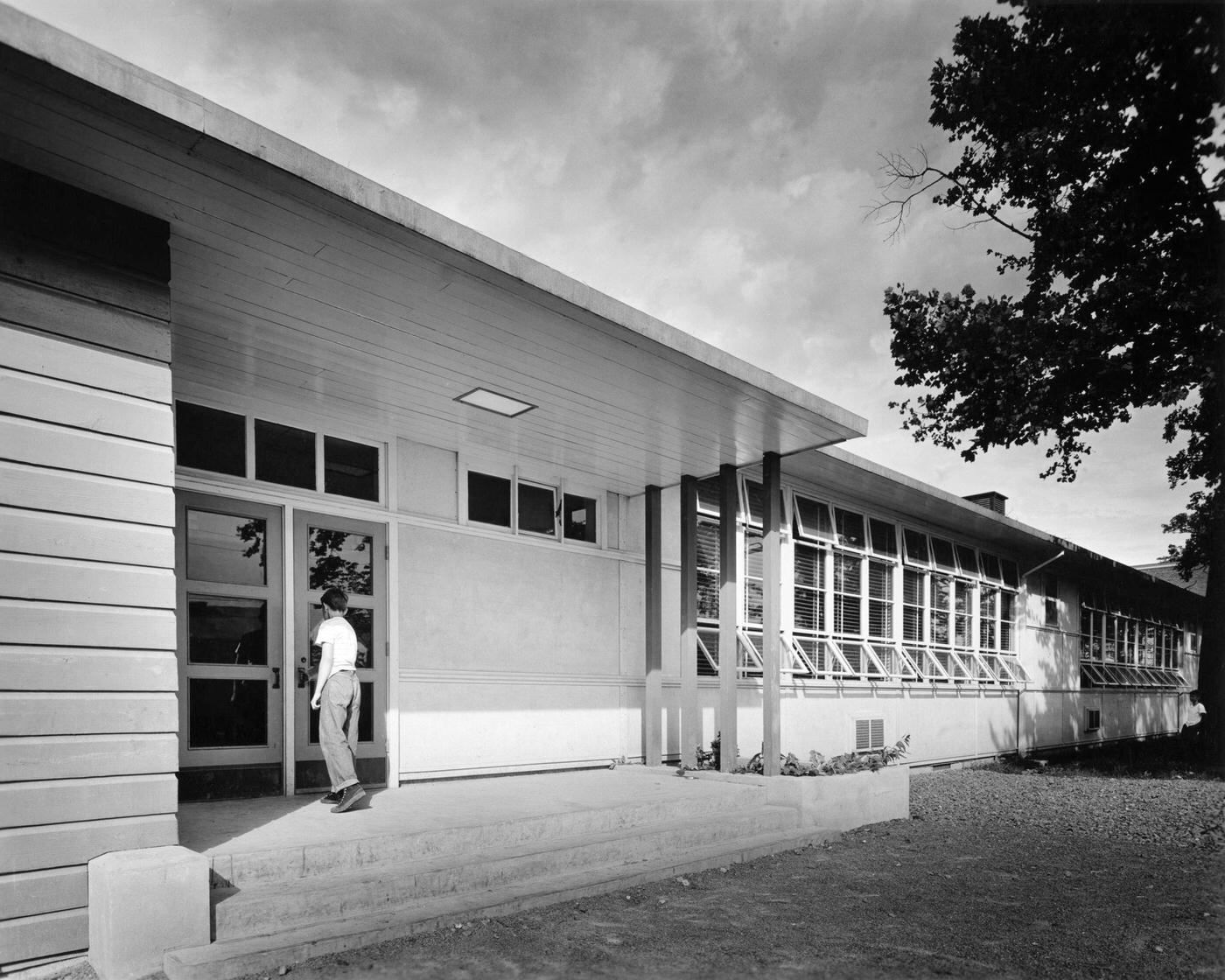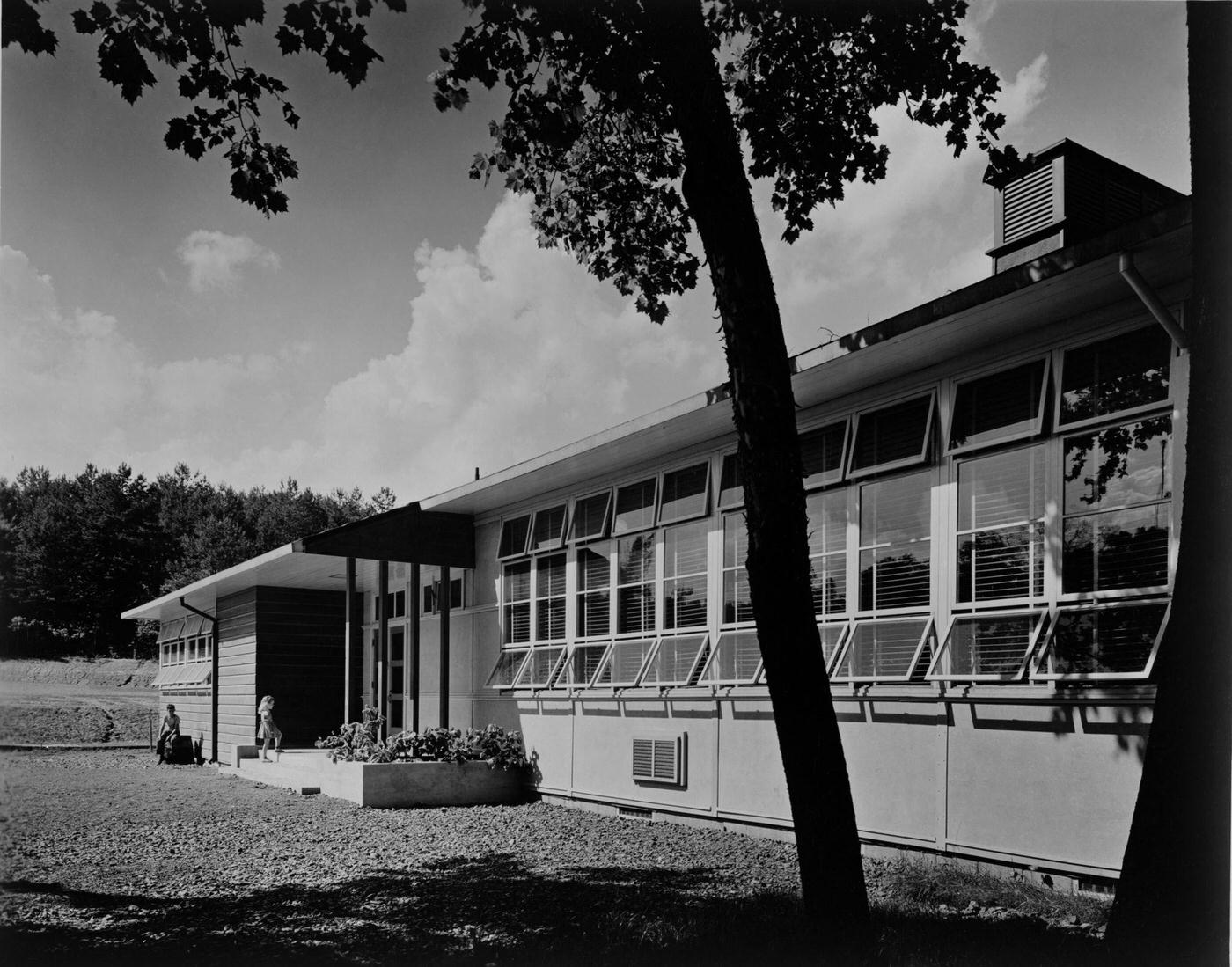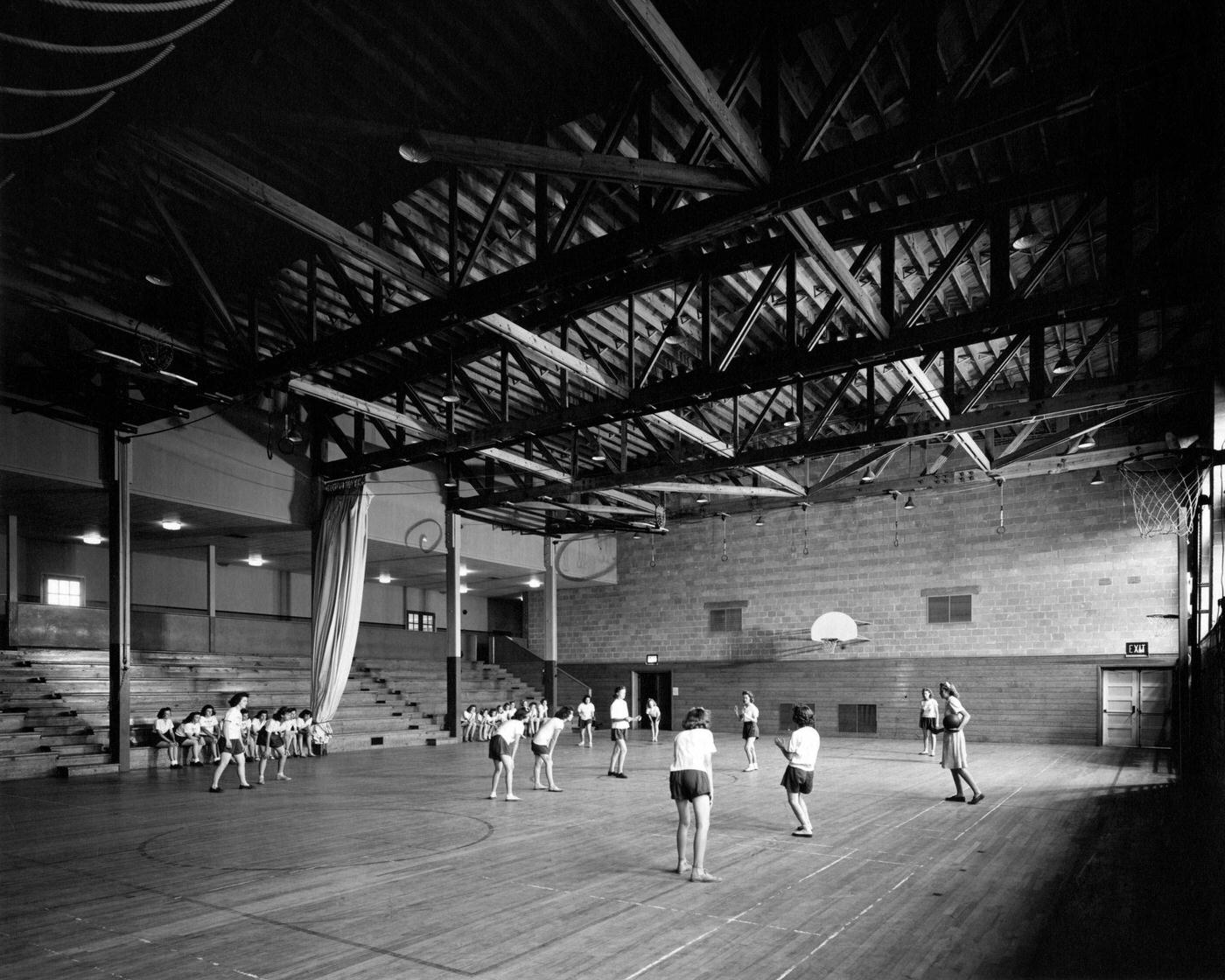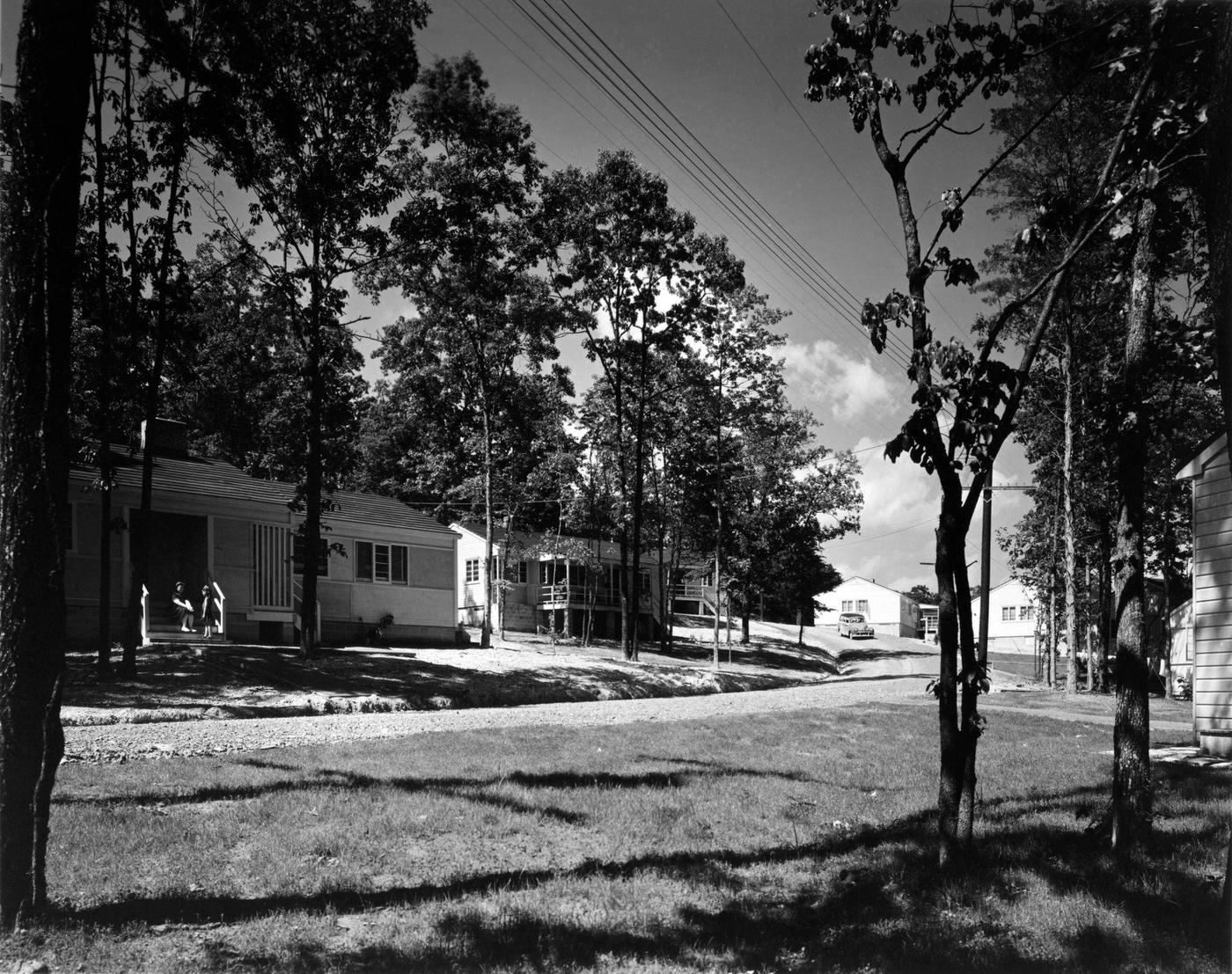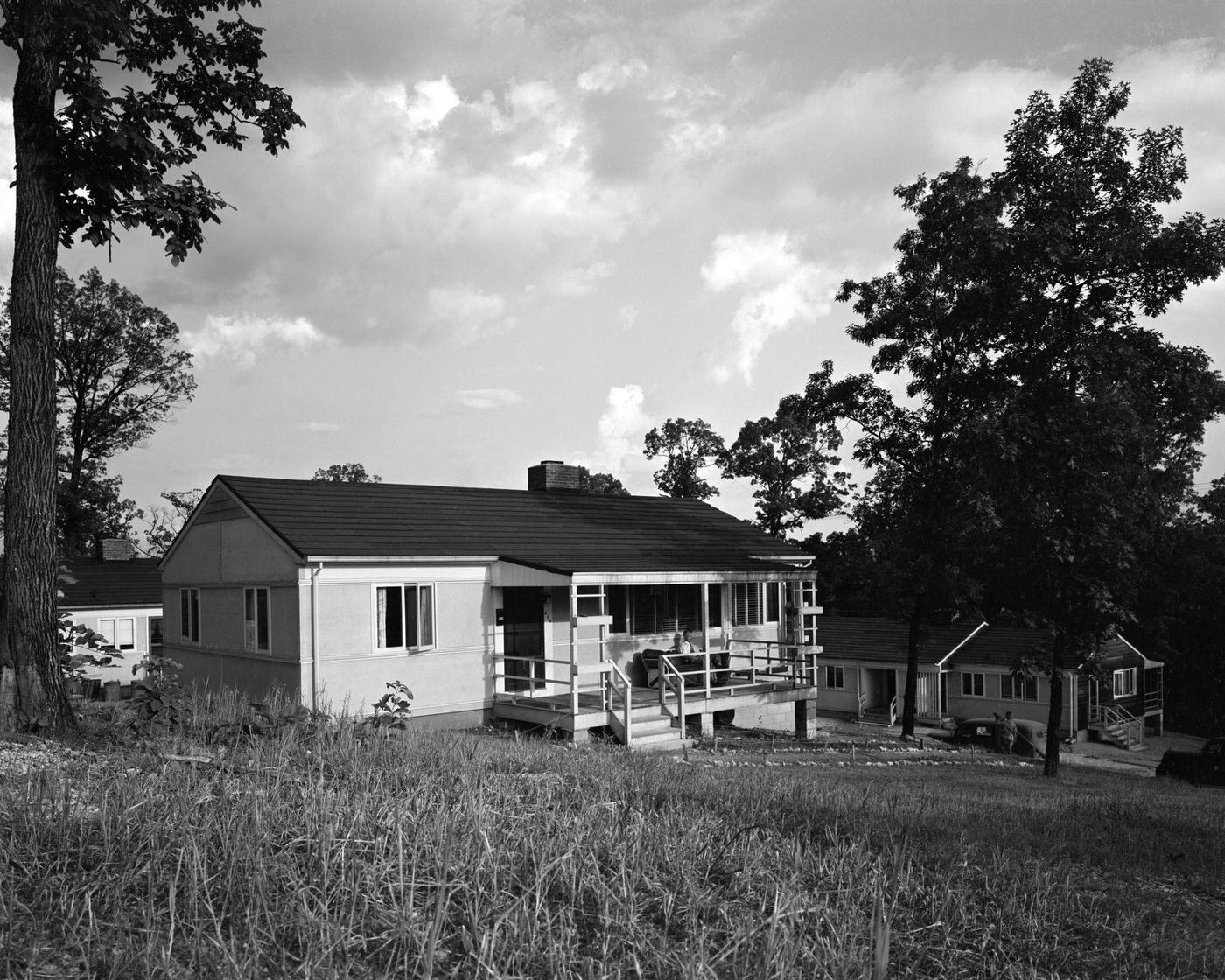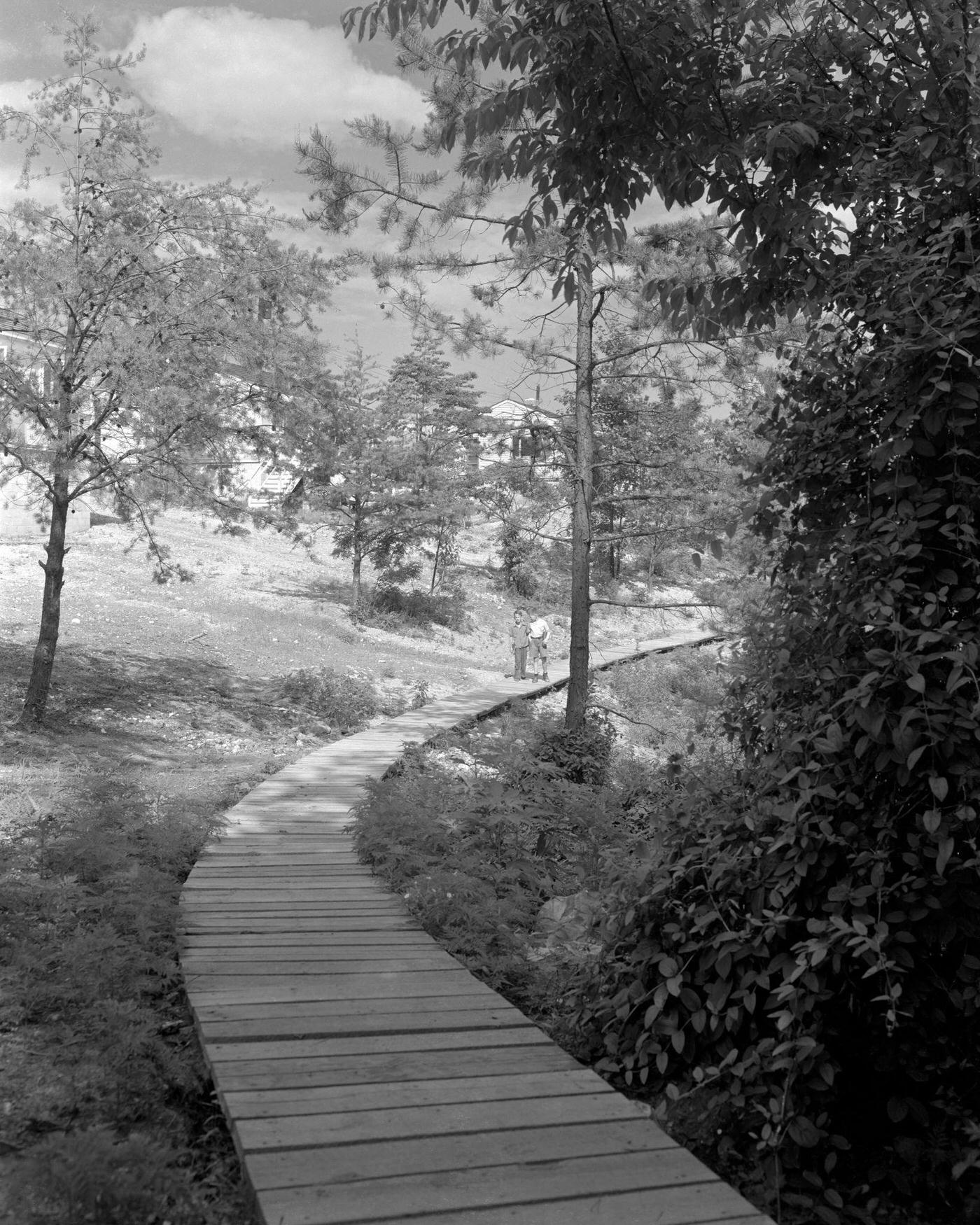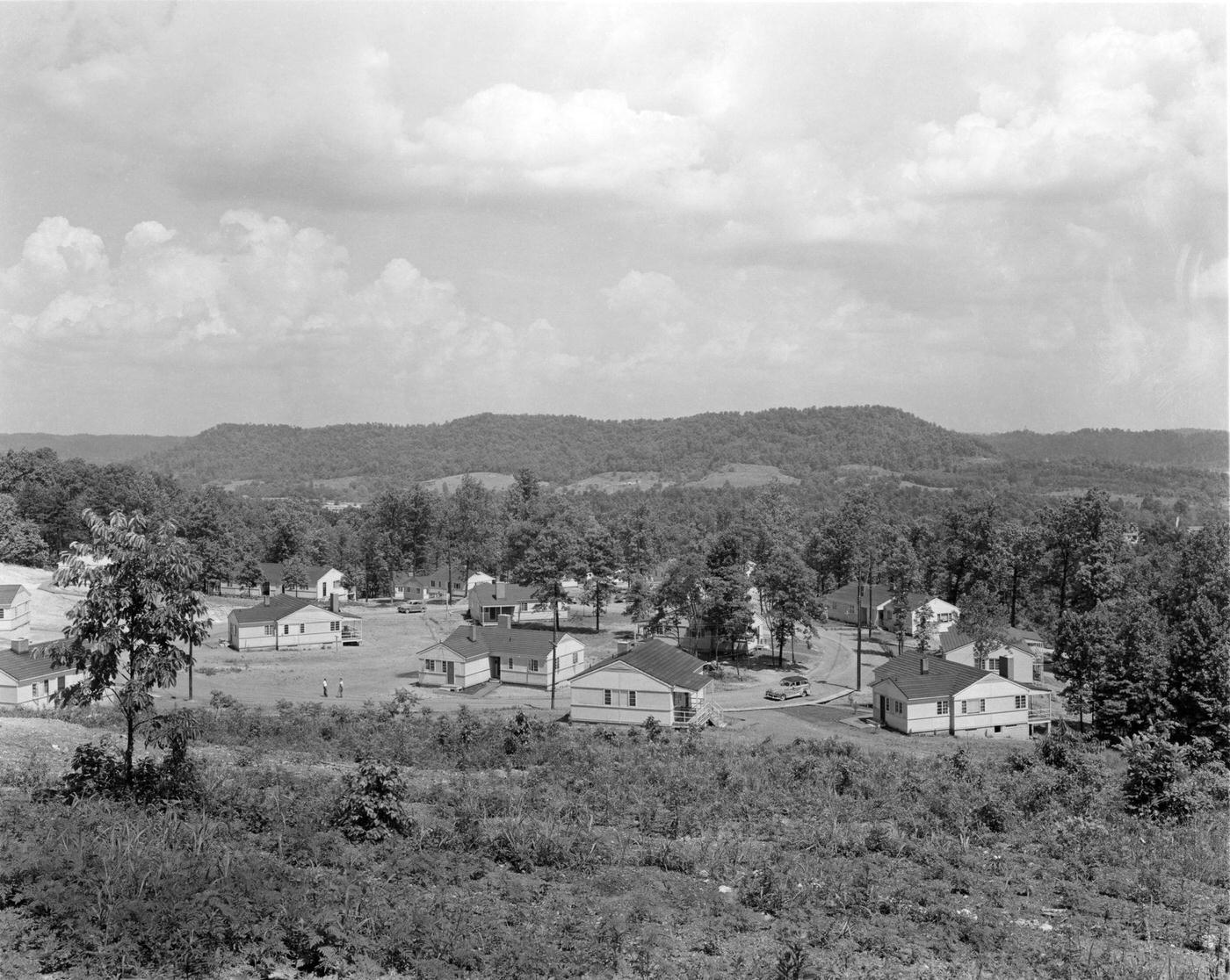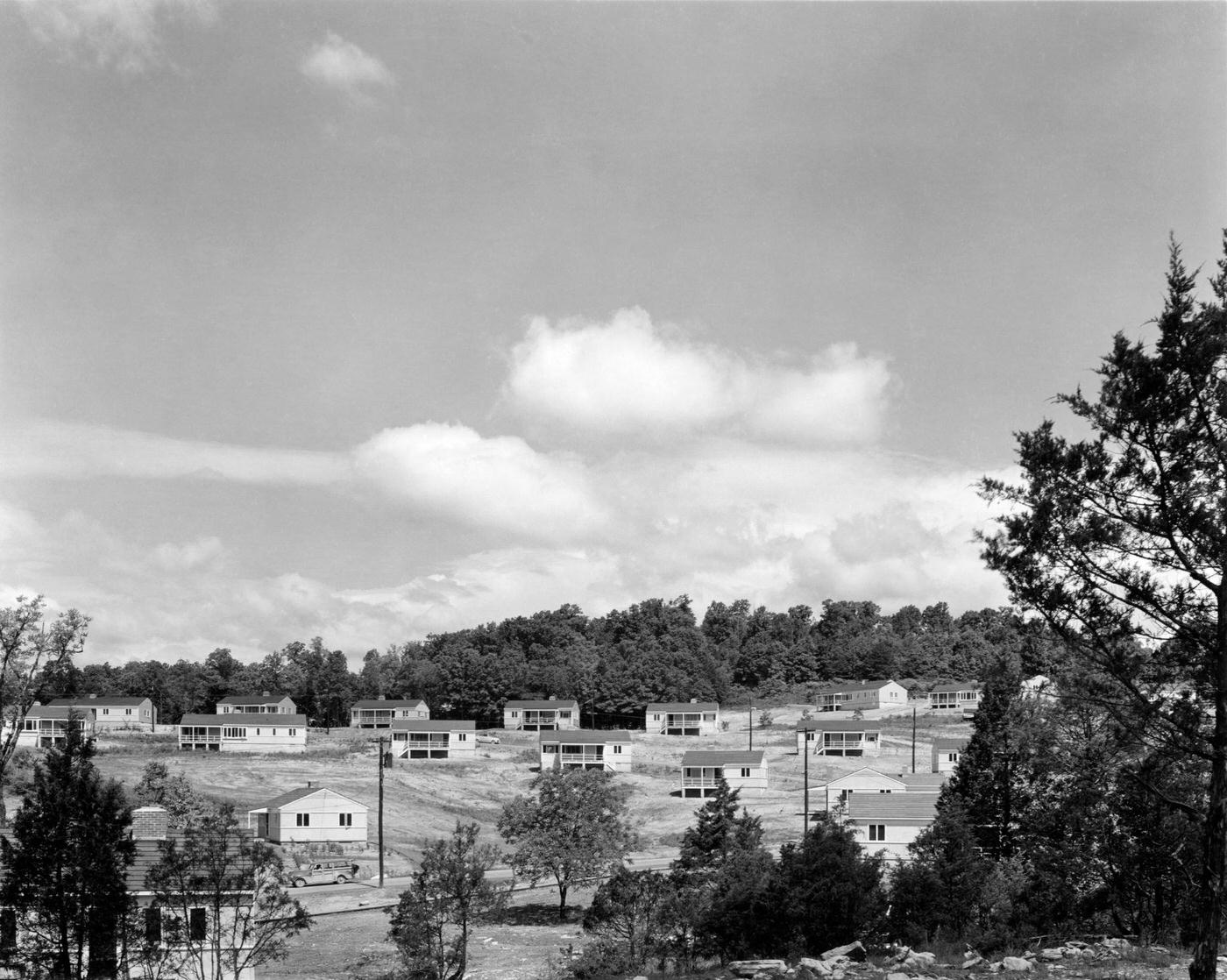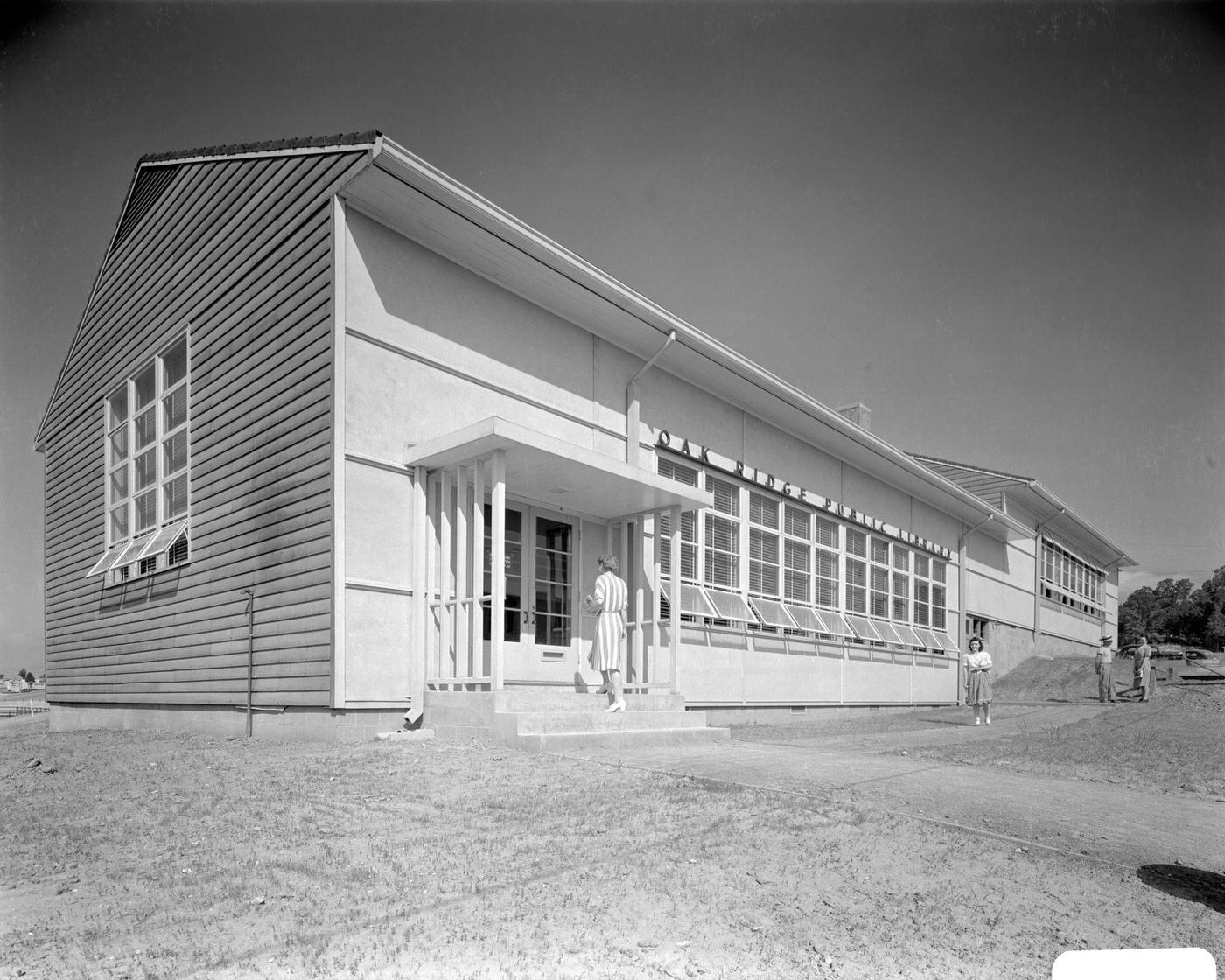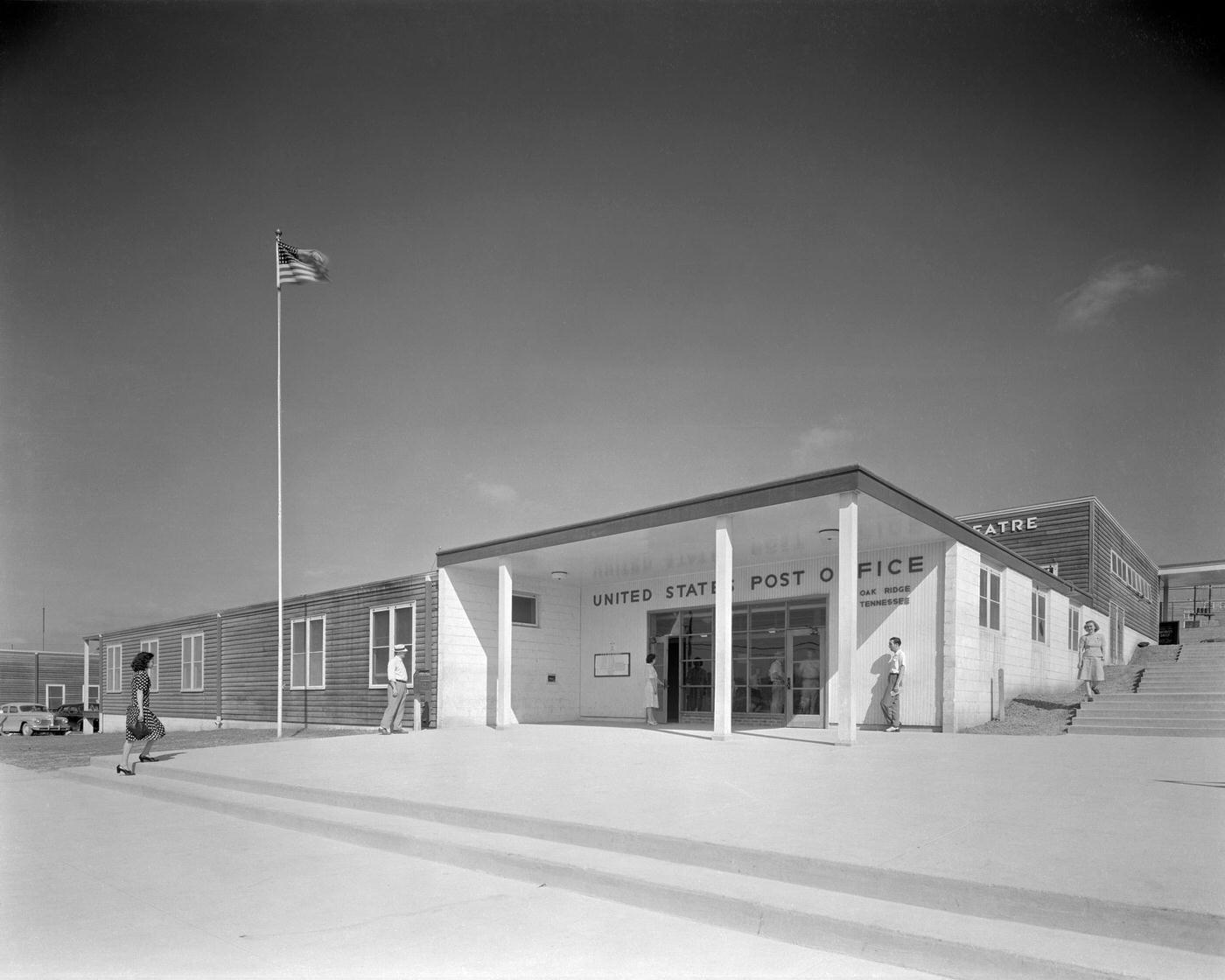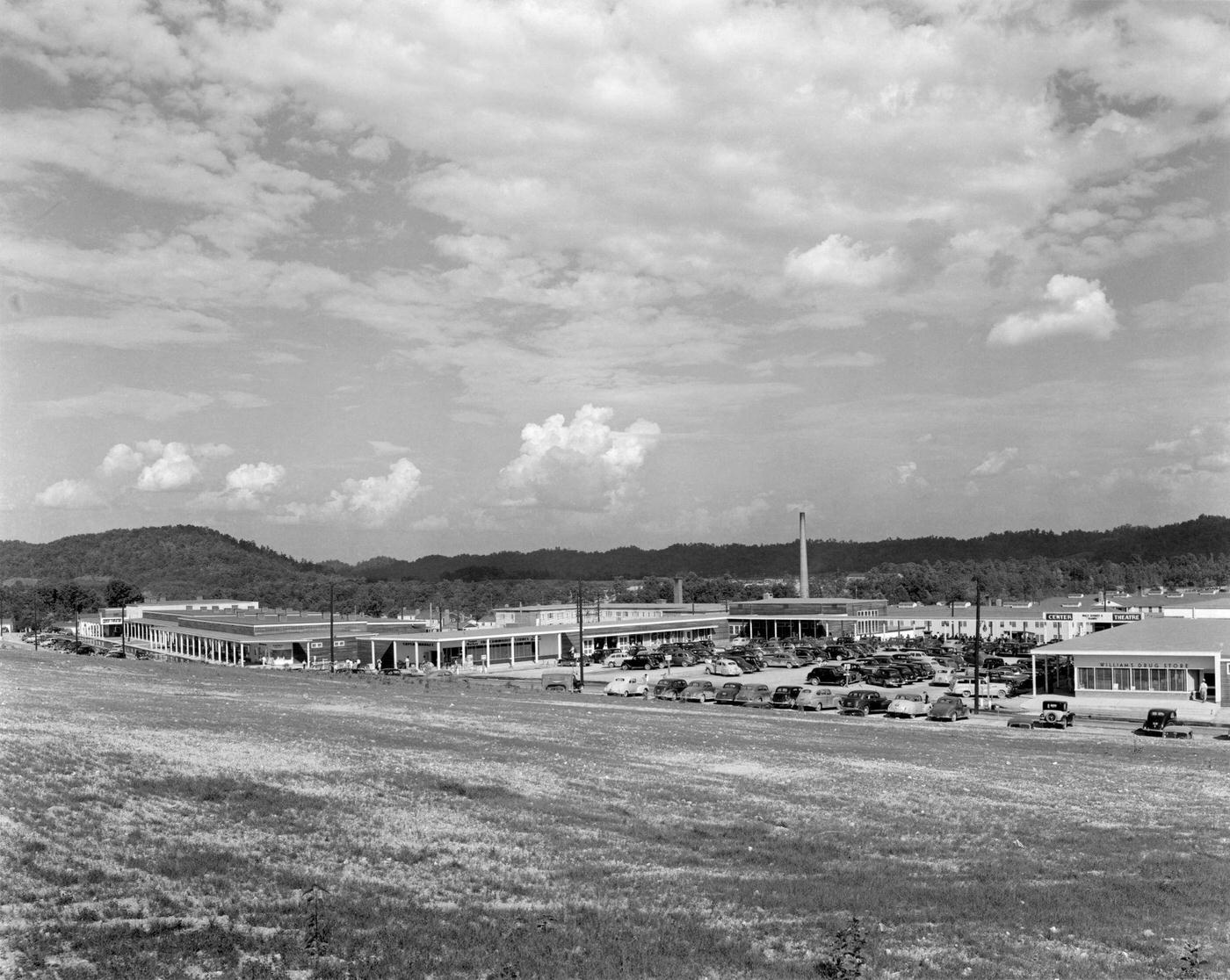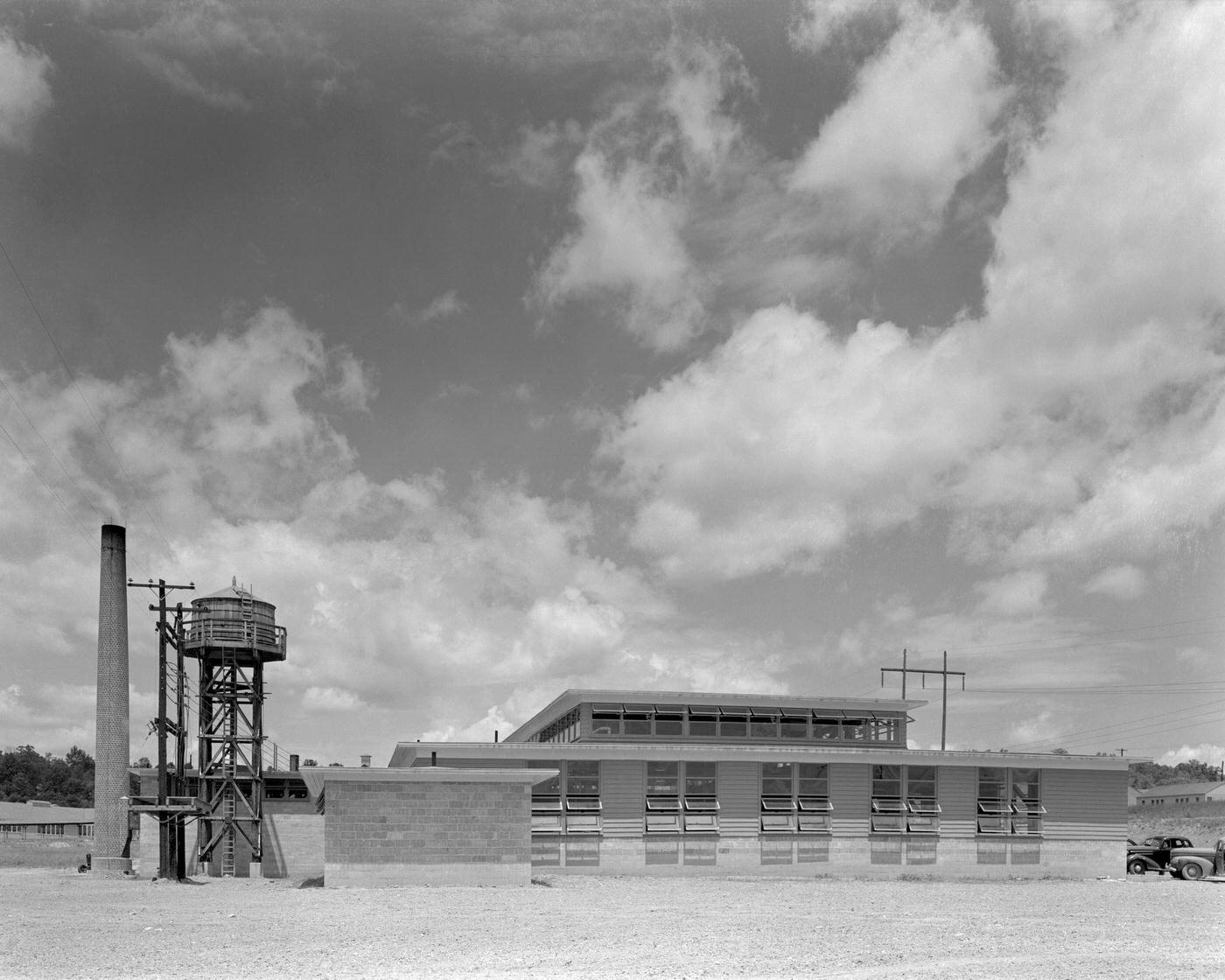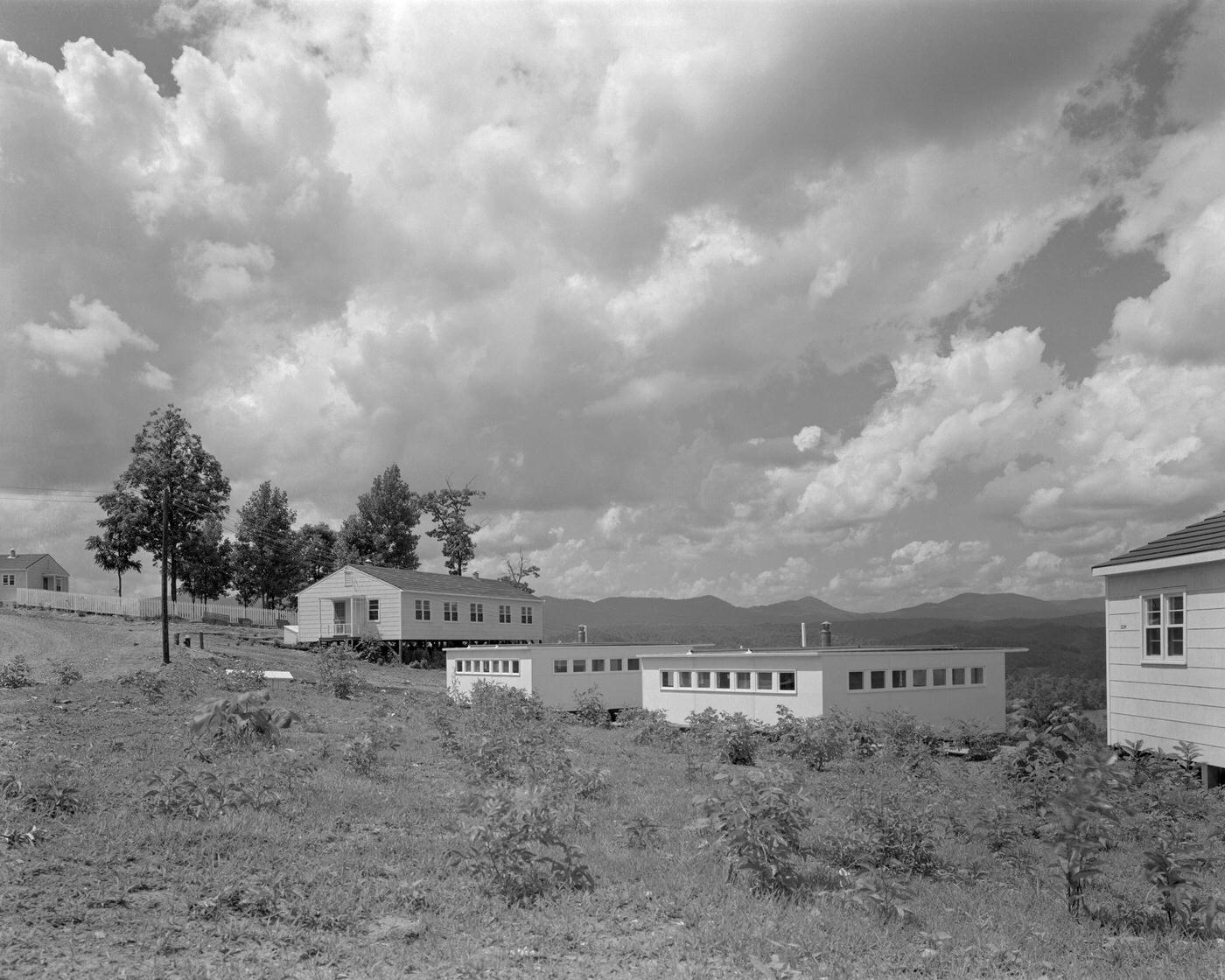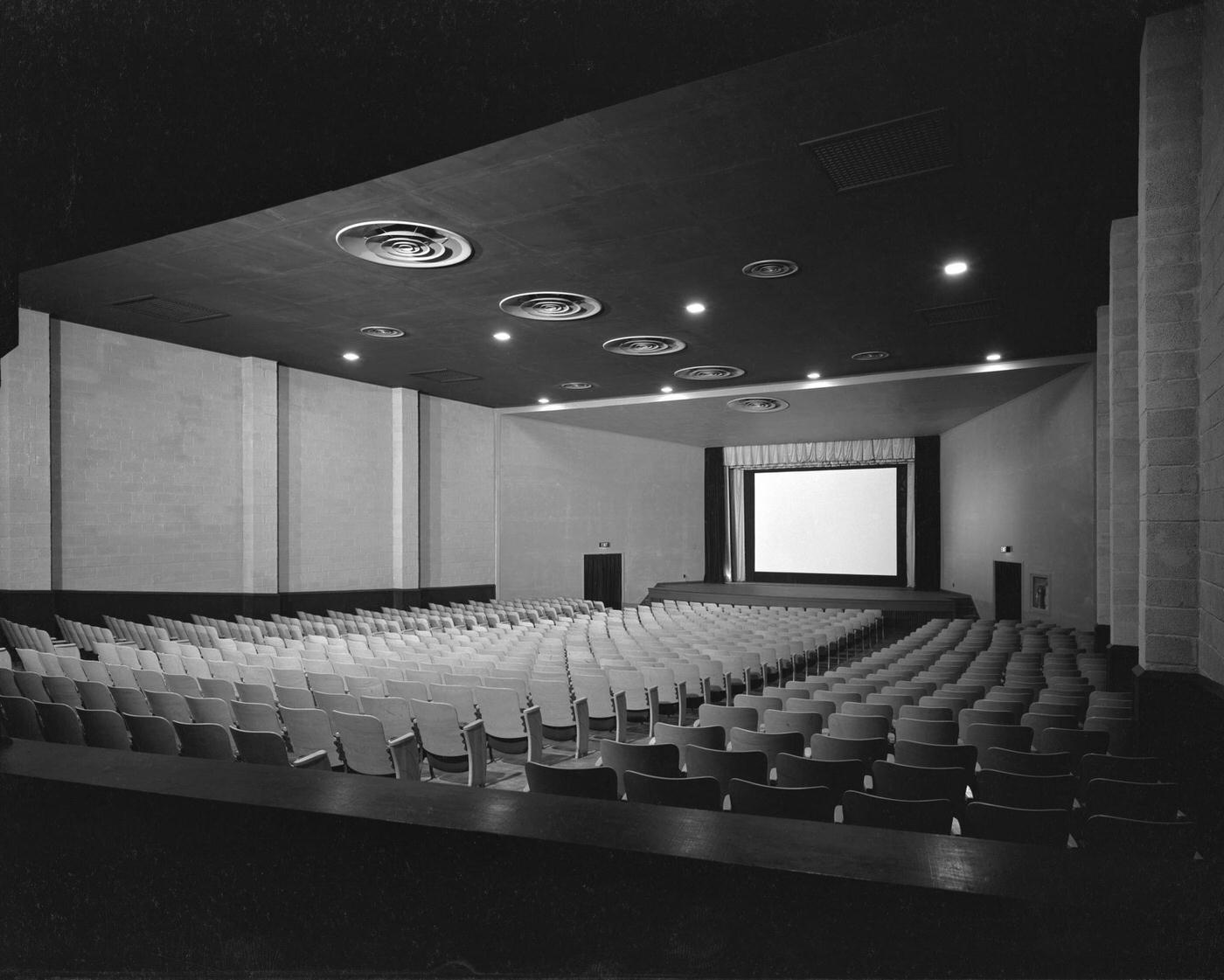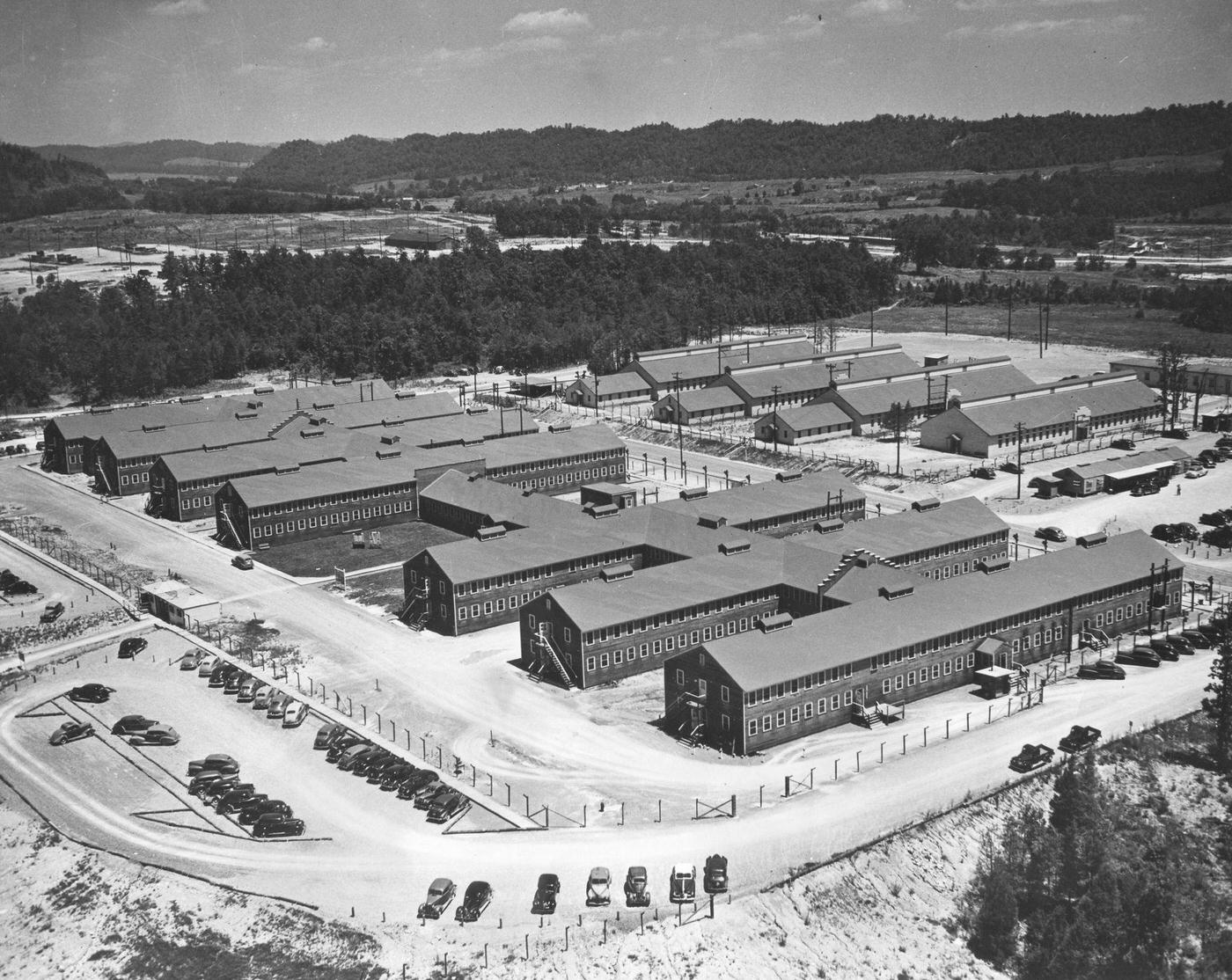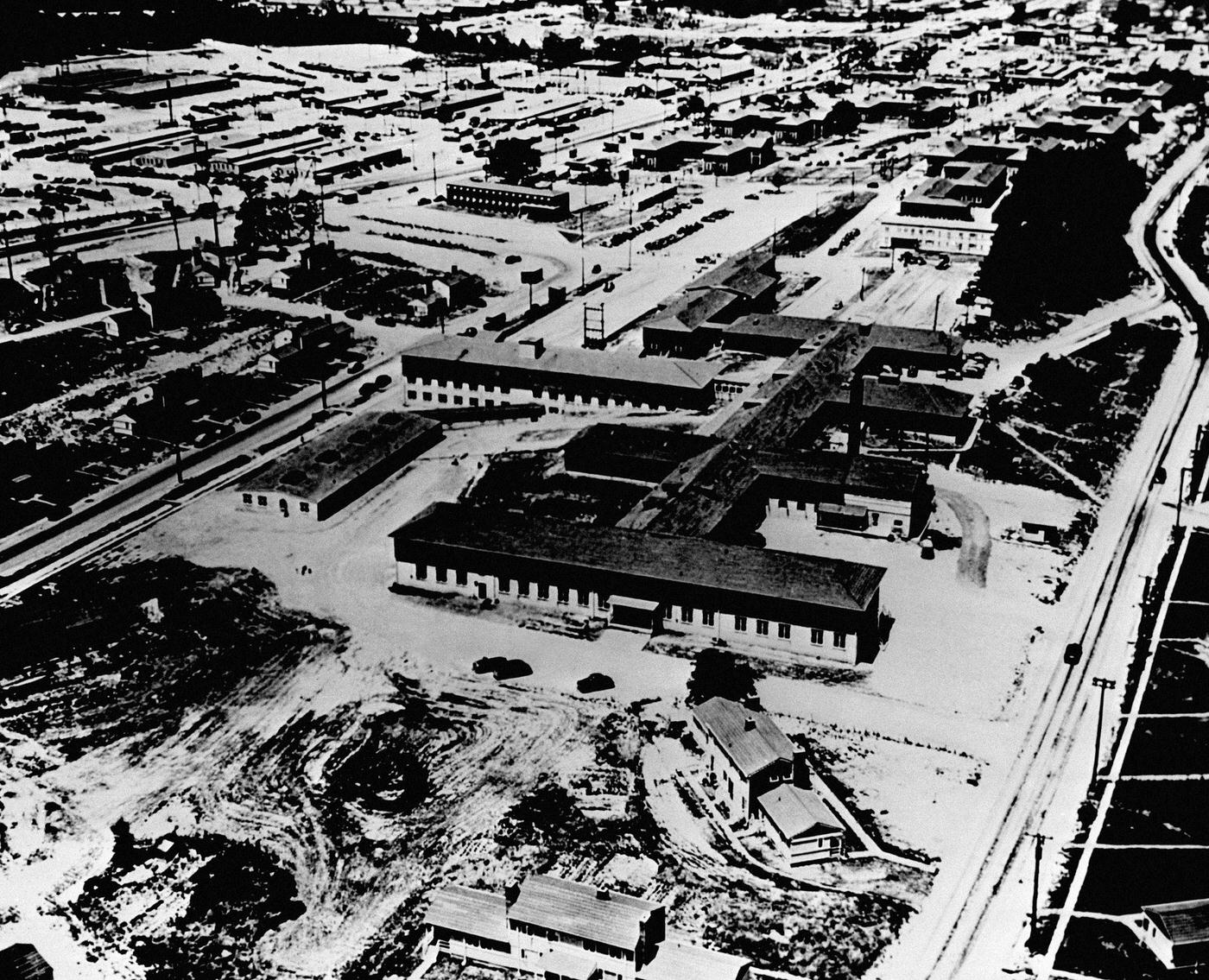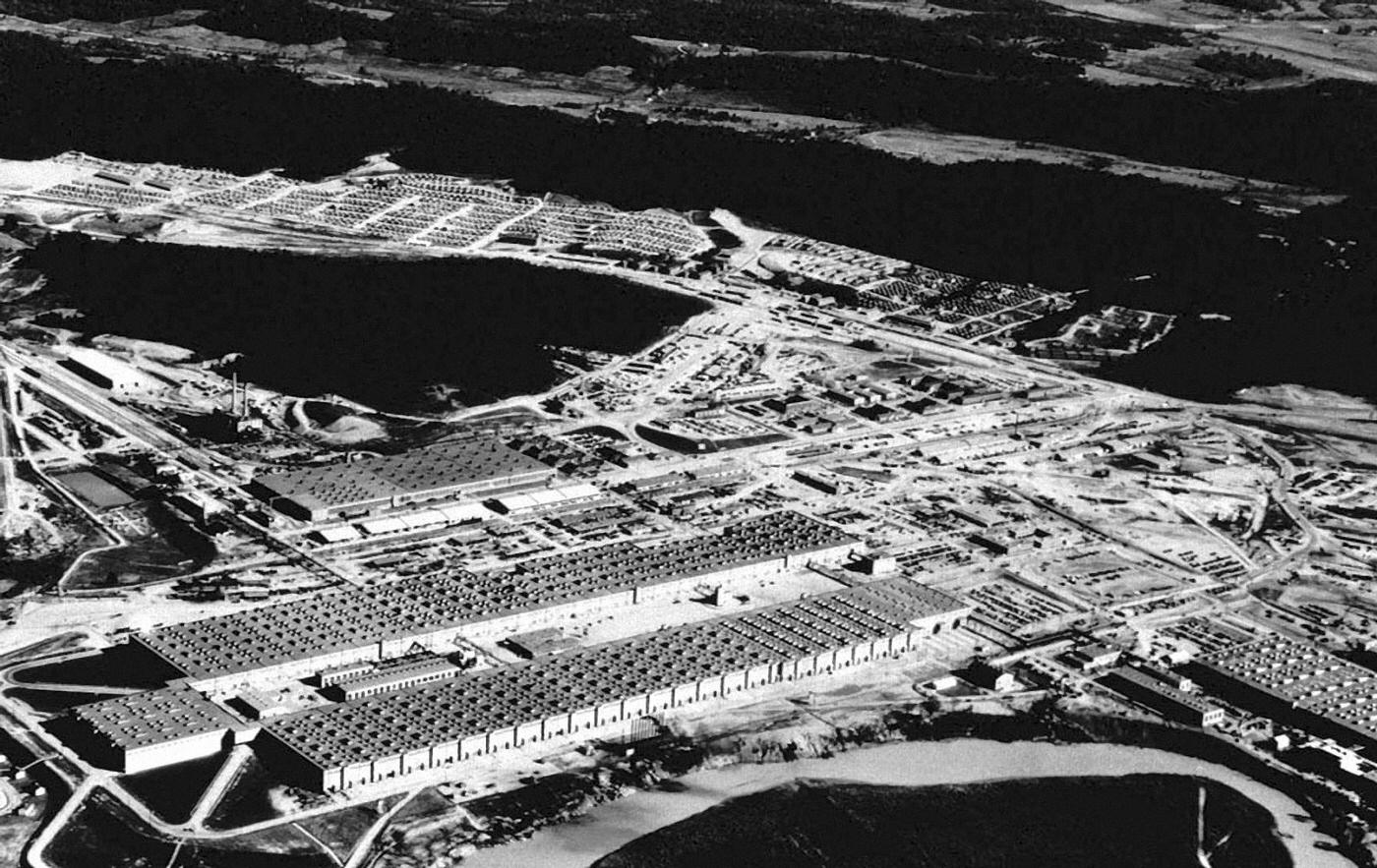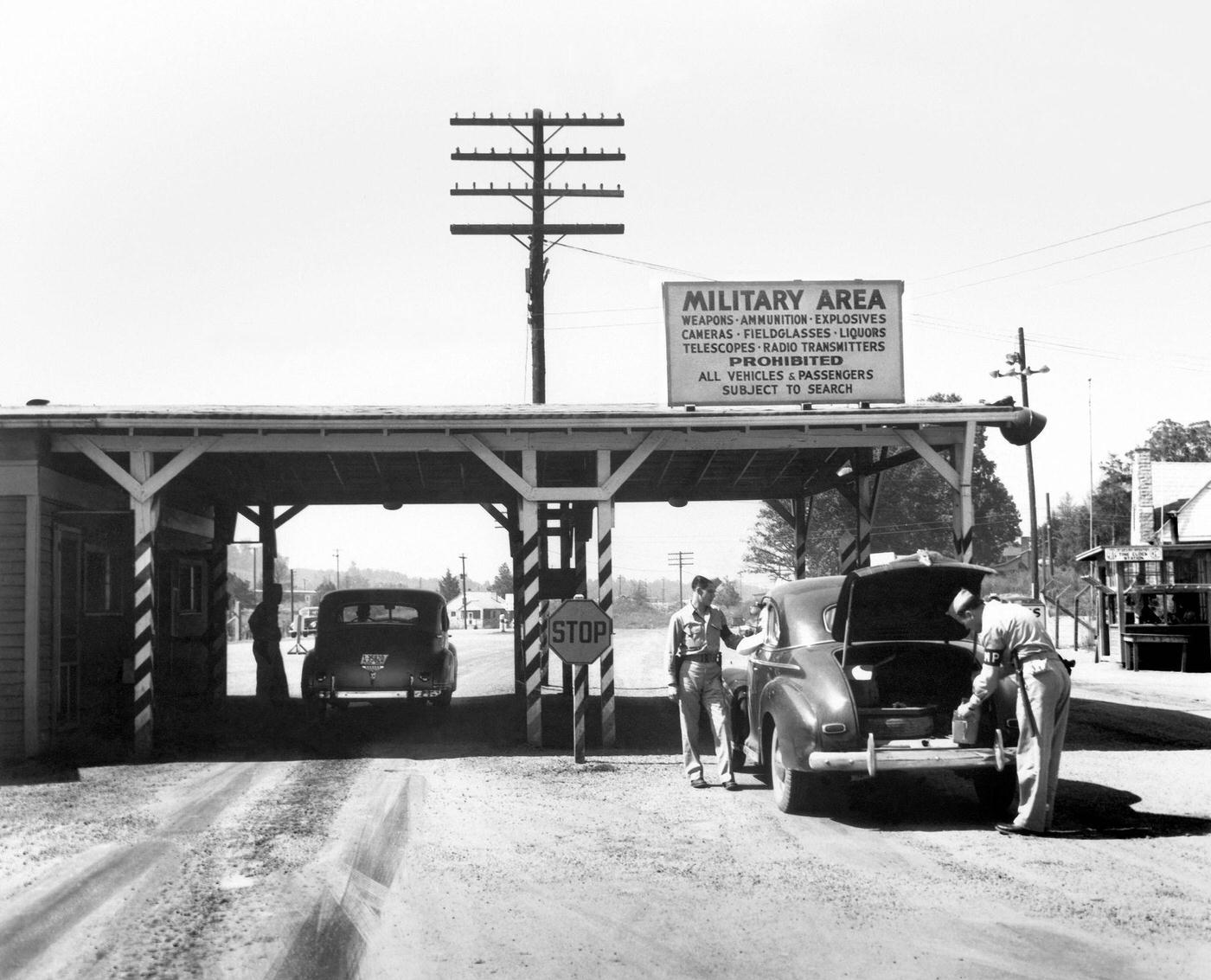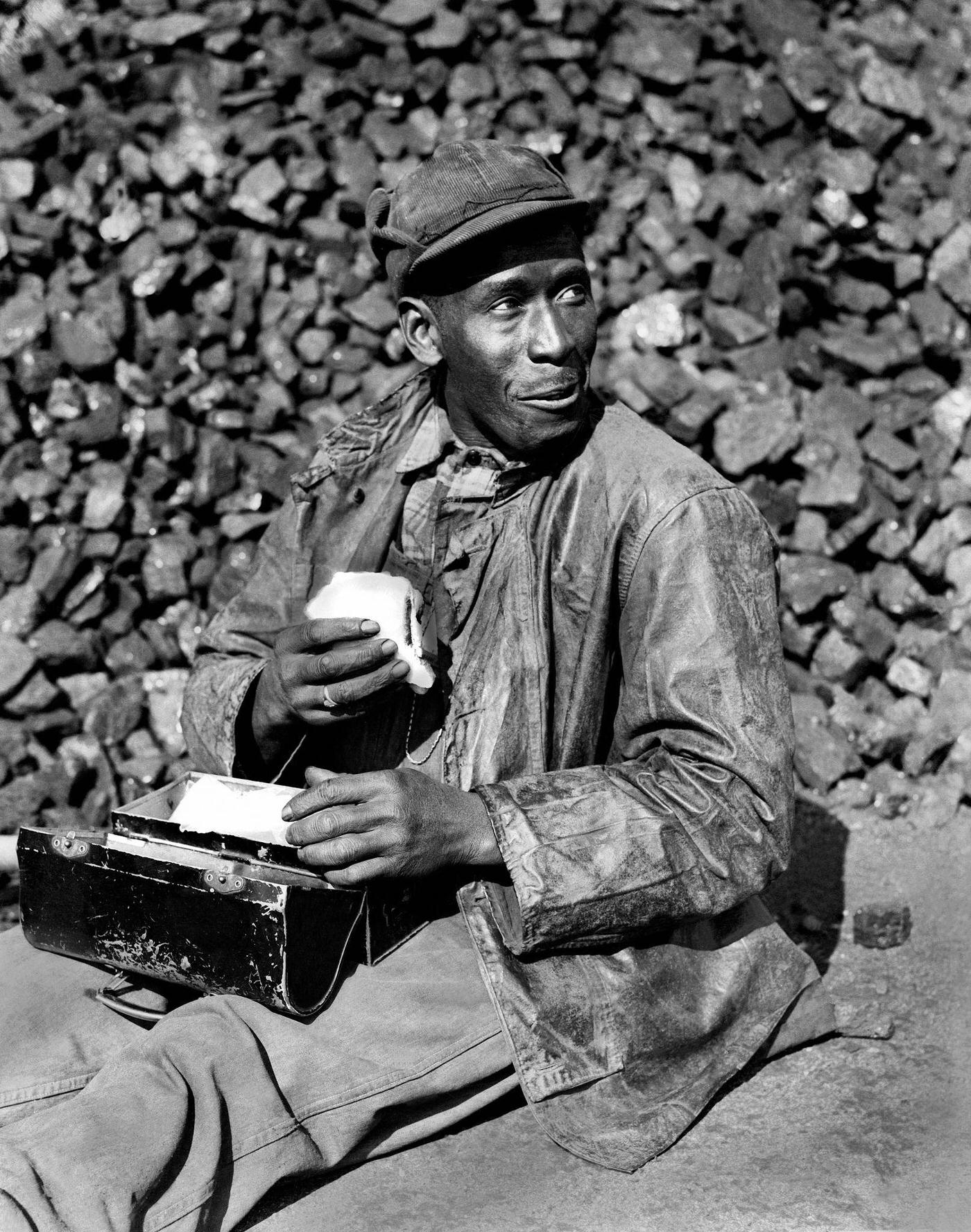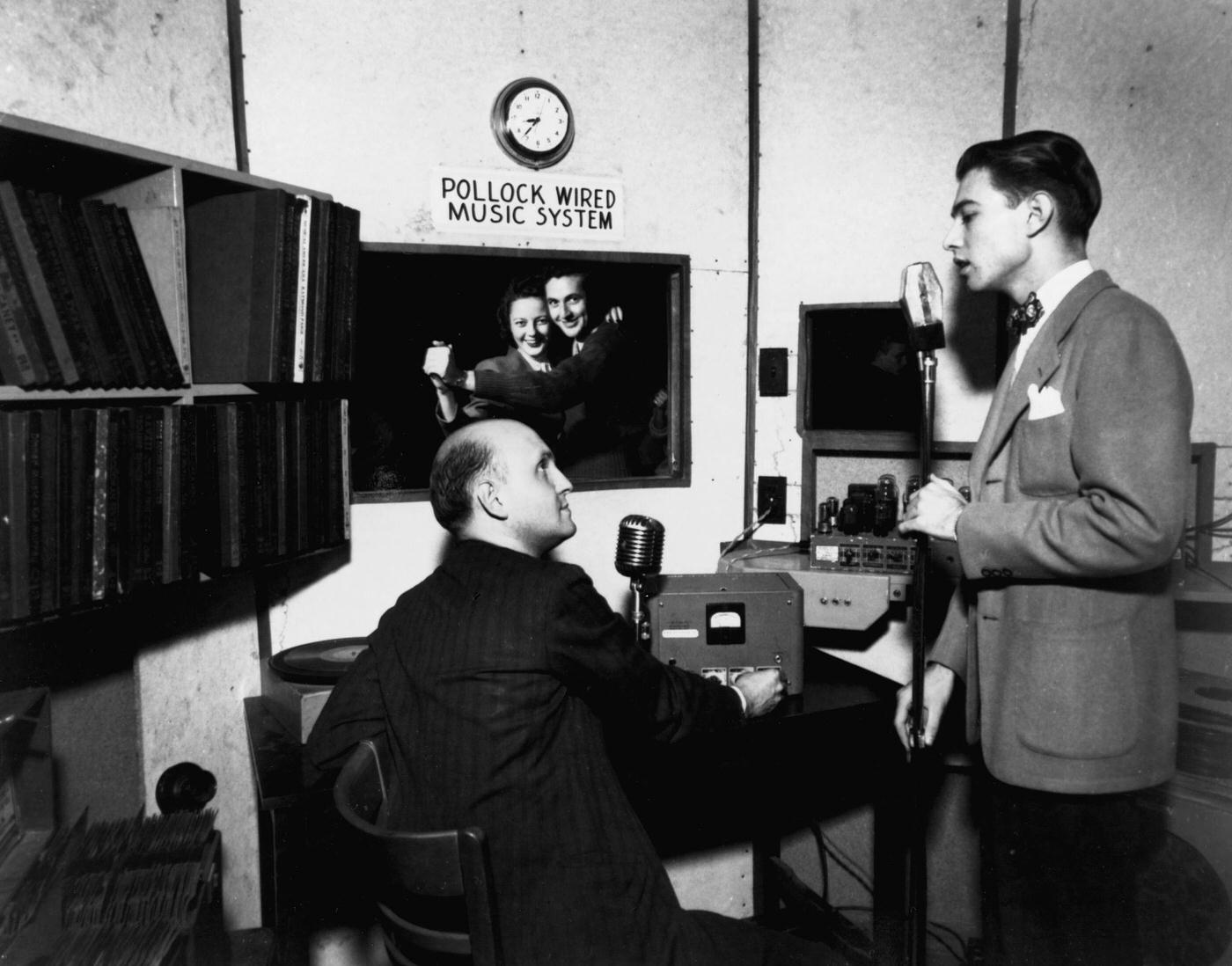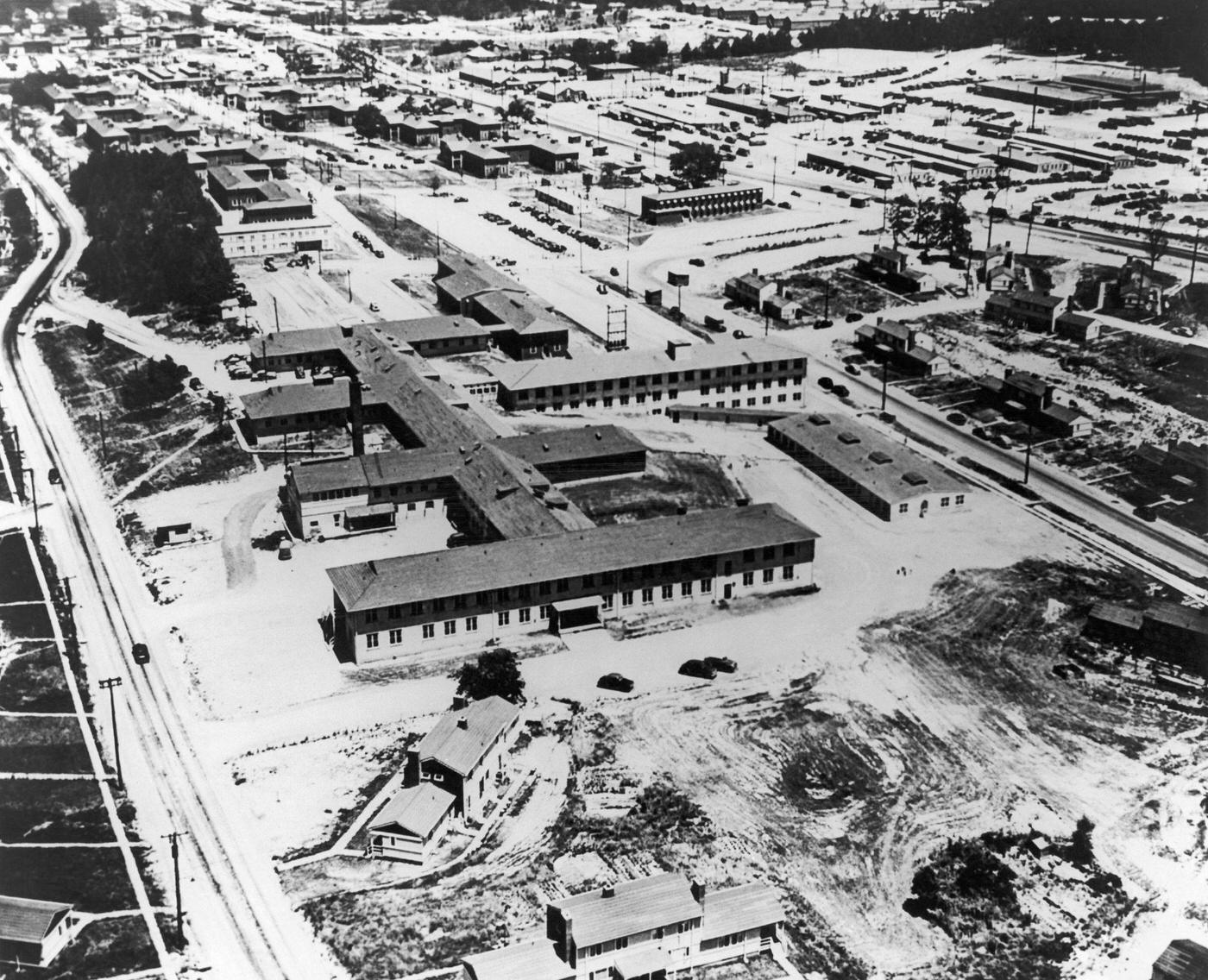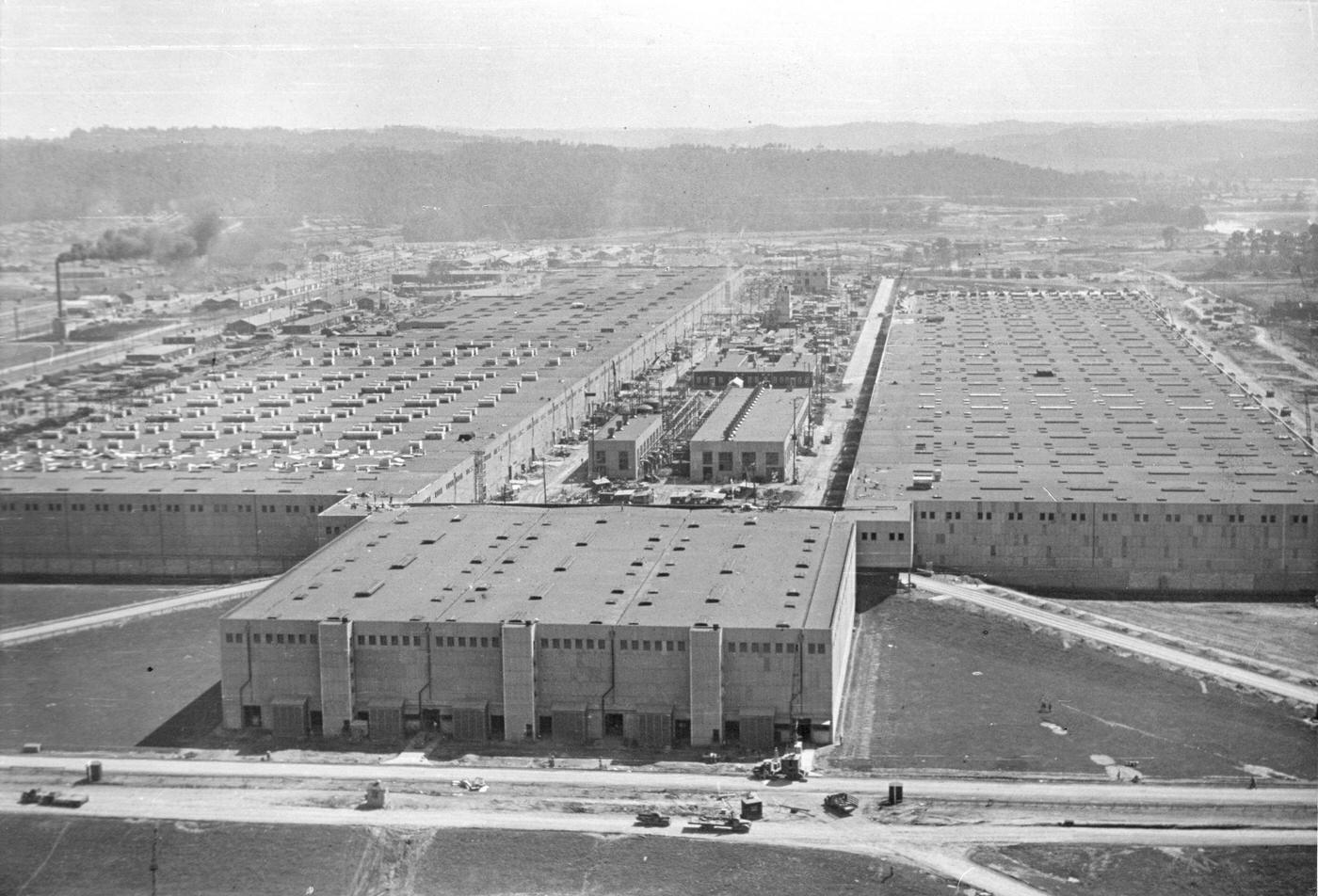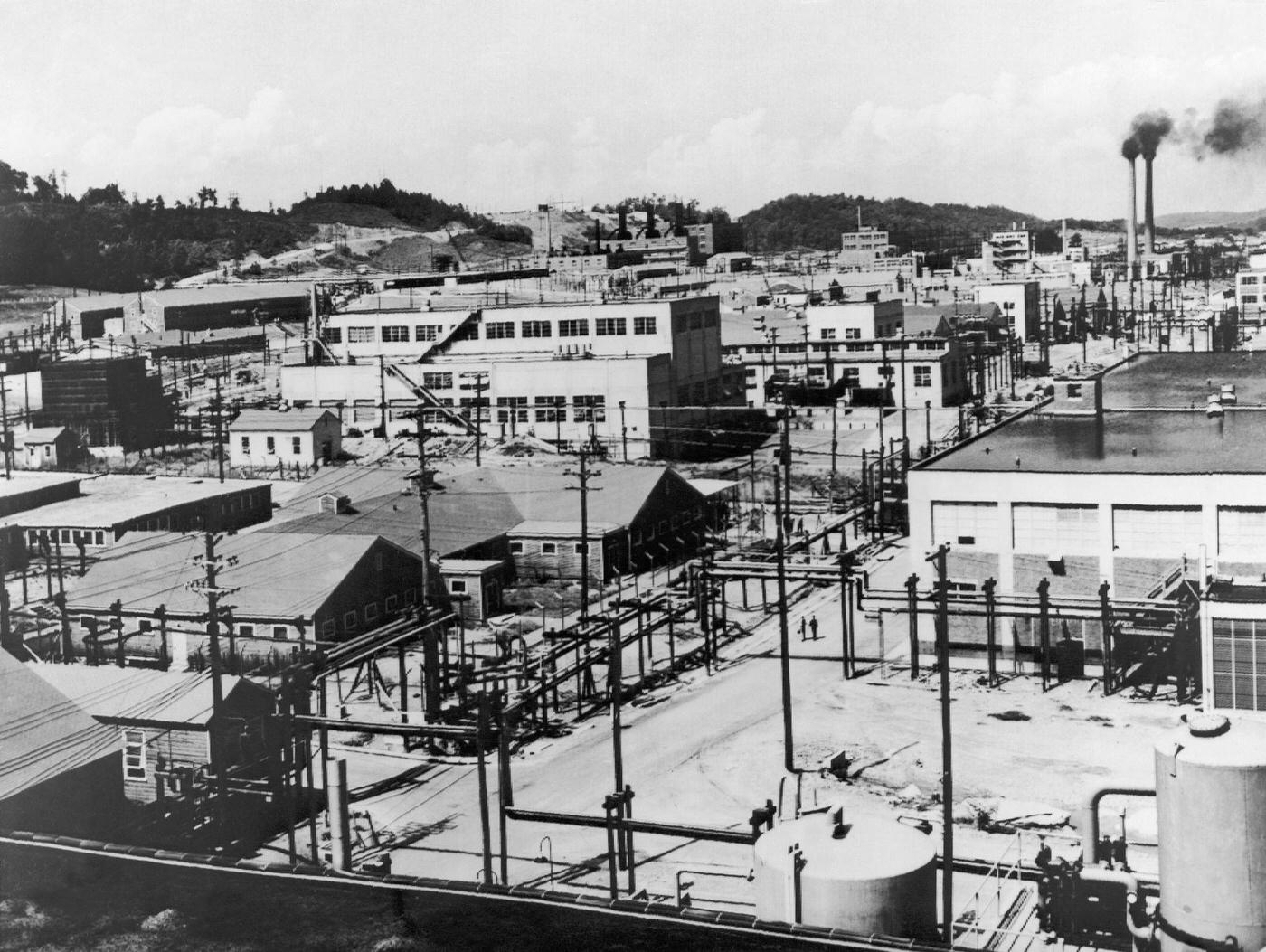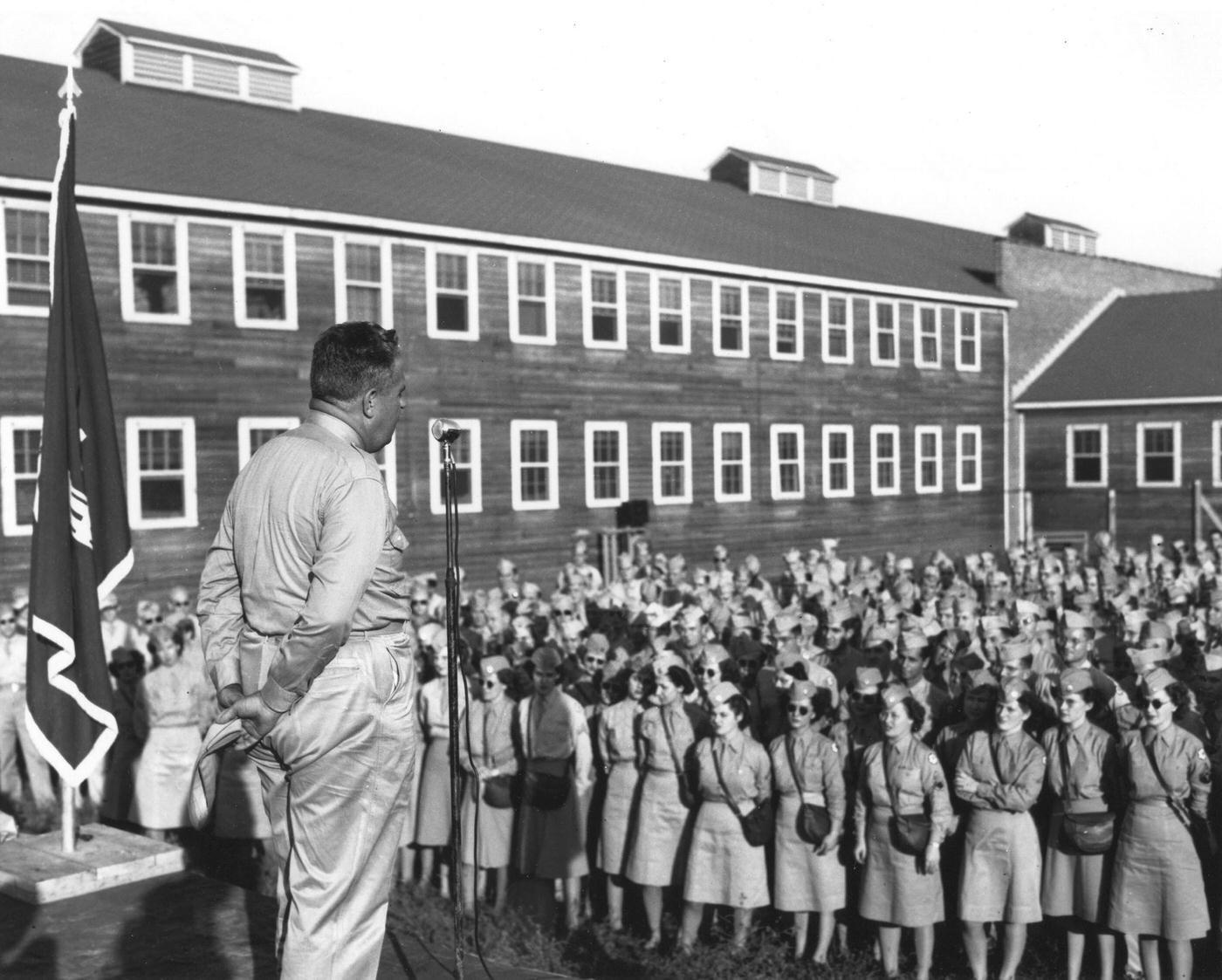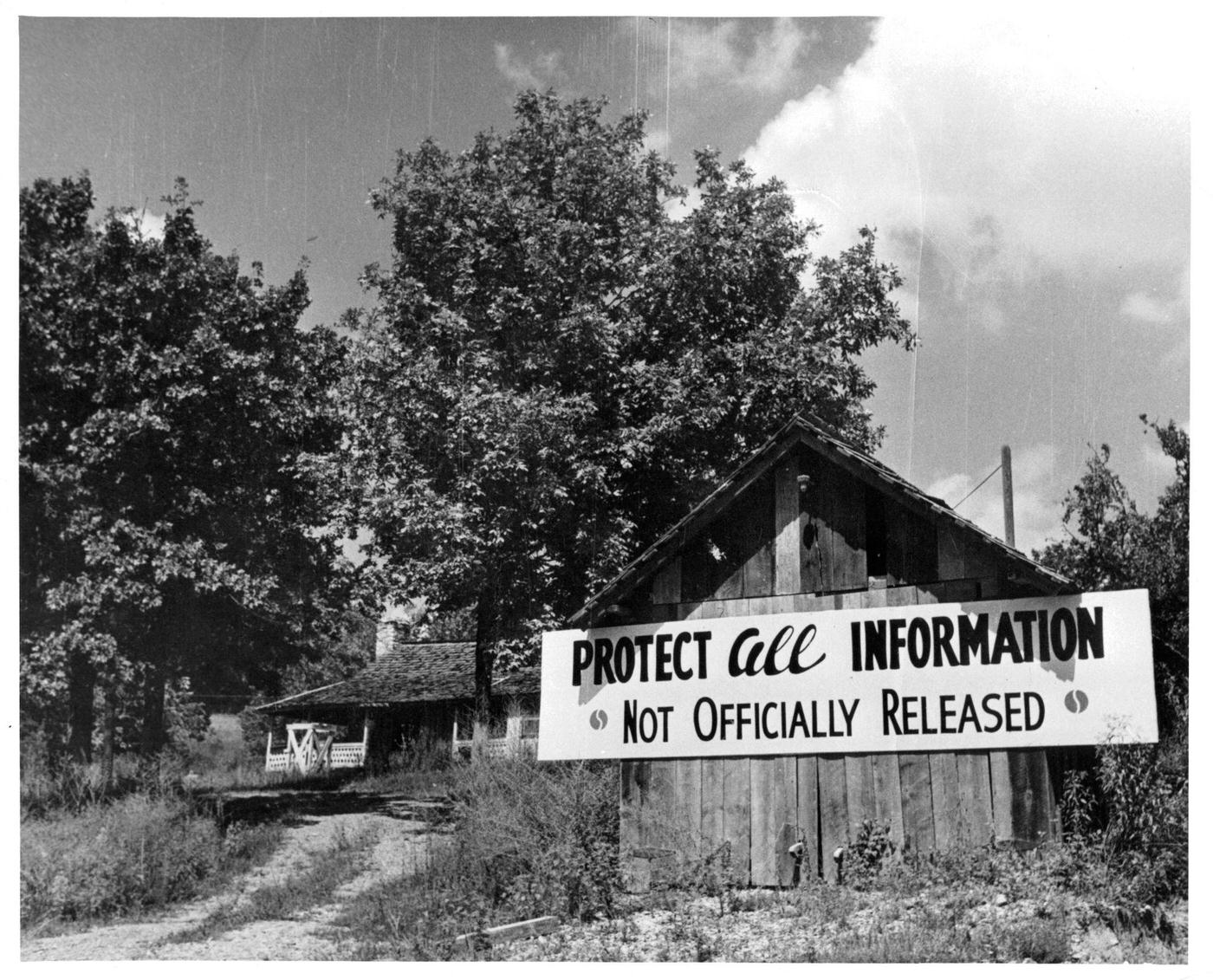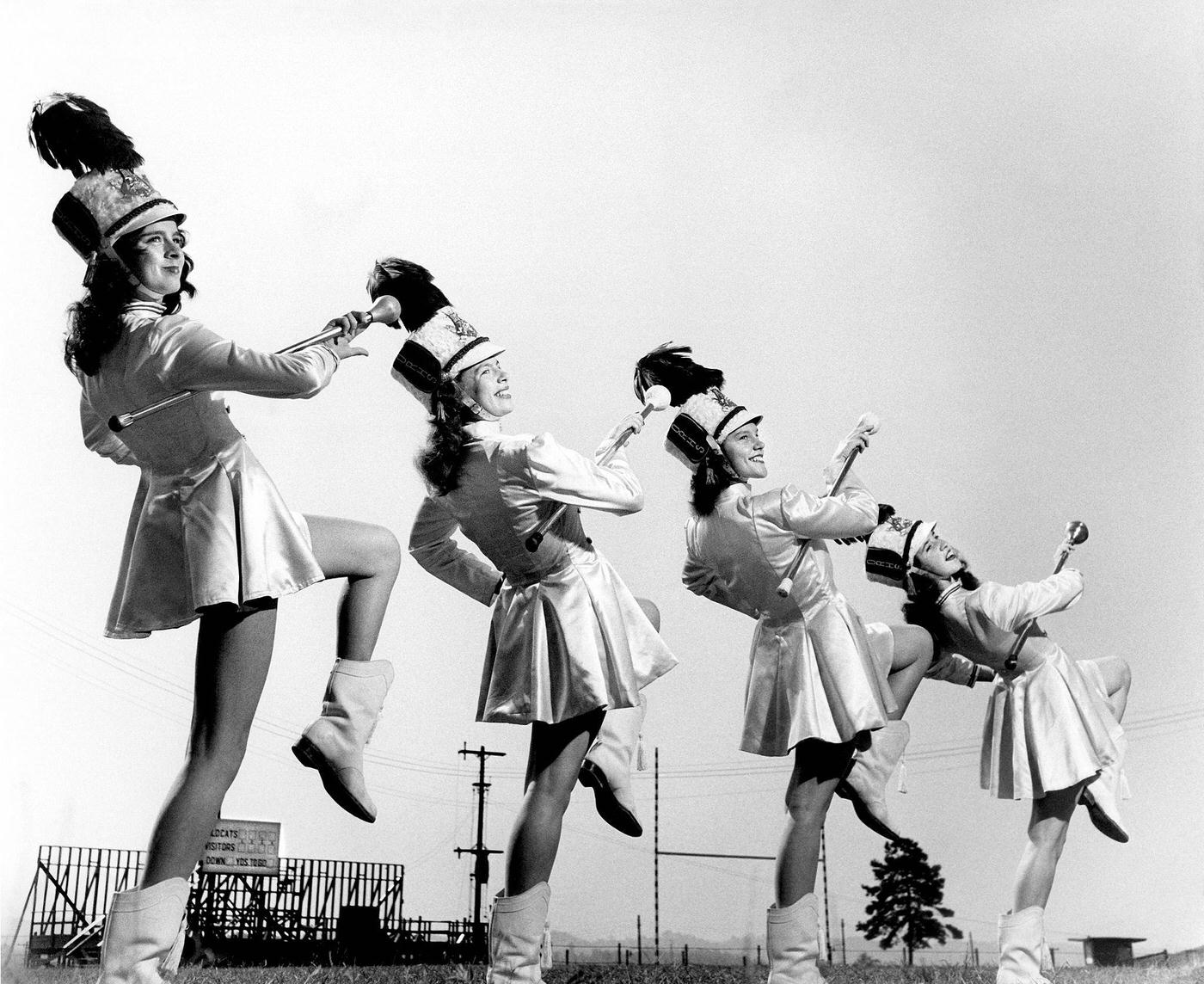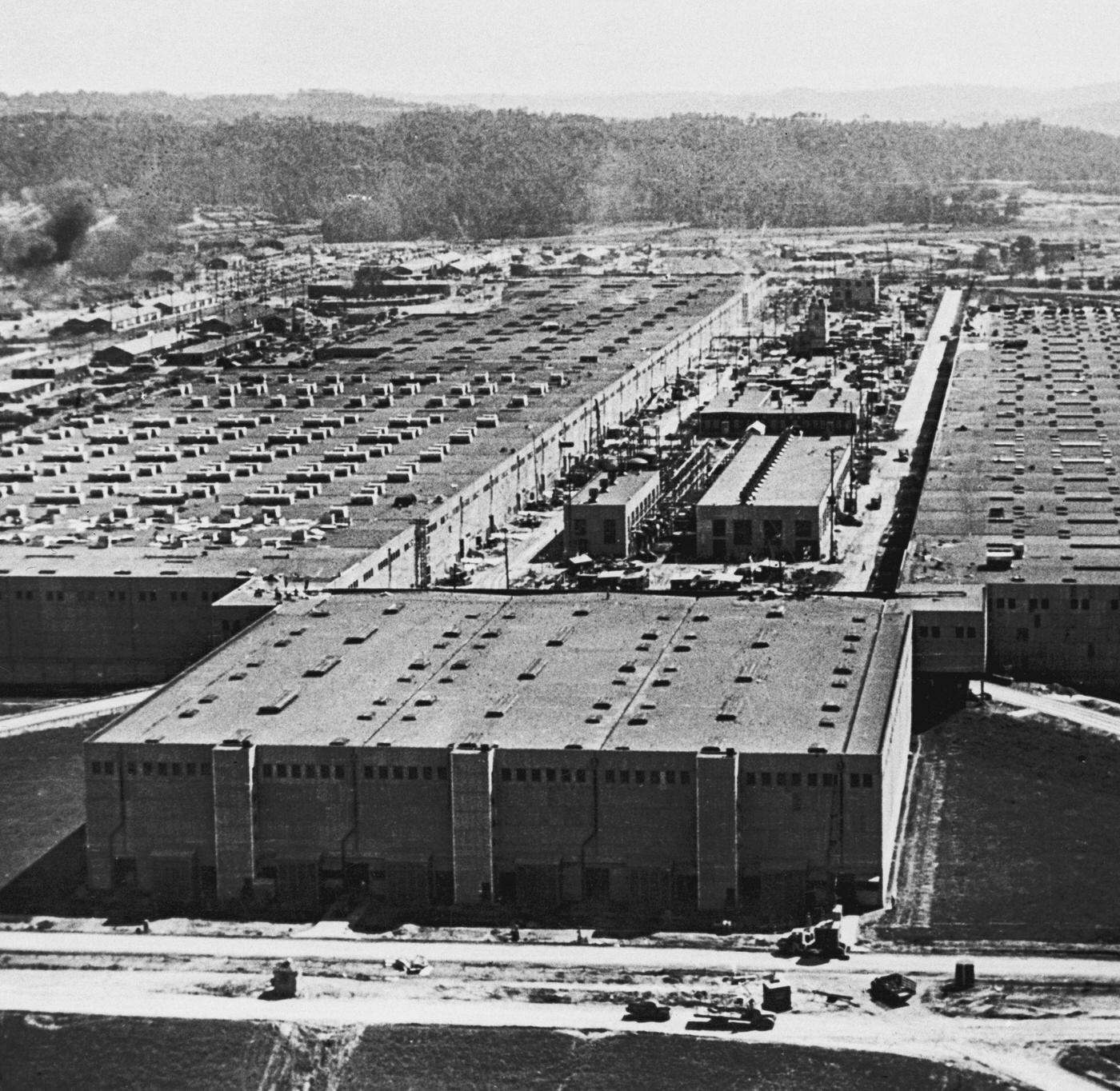As the dawn of the 1960s broke, Oak Ridge, Tennessee found itself in a unique position. Once the secretive nerve center of the Manhattan Project during World War II, this “Secret City” underwent a transformative journey in the 1960s. From pioneering scientific achievements to social upheaval, Oak Ridge’s story in this tumultuous decade reflects both its distinct history and the broader changes sweeping America.
The Evolution of a Scientific Hub
While the city’s role in the production of atomic bombs was gradually reduced post-WWII, Oak Ridge remained a prominent site for scientific research. The Oak Ridge National Laboratory (ORNL) was at the forefront of numerous advances. Particularly, in the 1960s, the lab expanded its research into nuclear energy, harnessing it for peaceful purposes like power generation.
The Civil Rights Movement Touches Oak Ridge
Like much of the South, Oak Ridge was not insulated from the civil rights movement. Though it did not experience the violent confrontations seen elsewhere, the decade was marked by important discussions about integration and racial equality. The Oak Ridge School Board began the process of desegregating schools, moving towards a more inclusive future.
While the 1950s had seen a relaxation of the intense security that had once defined the city, by the 1960s, Oak Ridge had developed a stronger sense of community. Local newspapers, community events, and the establishment of new schools and institutions led to the fostering of city pride and identity distinct from its WWII legacy.
The Arts and Culture Scene Flourishes
The 1960s saw an artistic renaissance in Oak Ridge. The Playhouse, established in the late 1940s, became a vital part of the city’s cultural fabric, offering residents a touch of Broadway in Tennessee. Music festivals, art exhibits, and a focus on the humanities began to redefine the image of the city.
Environmental Awareness and Oak Ridge
With increasing global attention on environmental issues, Oak Ridge’s nuclear facilities faced scrutiny. The city began to grapple with its environmental responsibilities, leading to efforts to minimize nuclear waste and invest in cleaner research technologies.
While Oak Ridge was developing rapidly in various sectors, the city’s social scene was buzzing too. From drive-in theaters to local diners, and the rise of rock ‘n’ roll, Oak Ridge mirrored the larger American cultural landscape, providing both comfort and entertainment to its residents.


